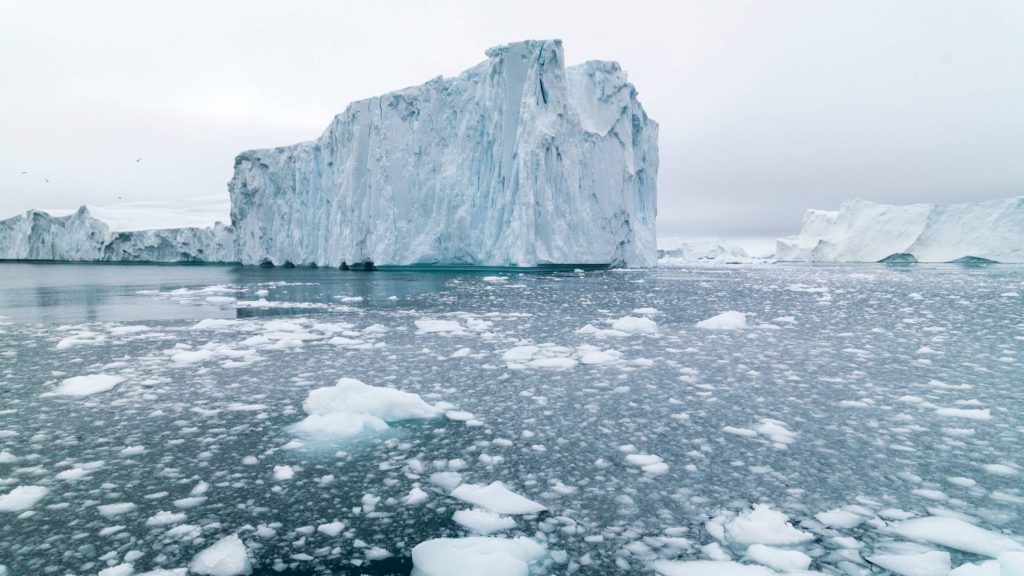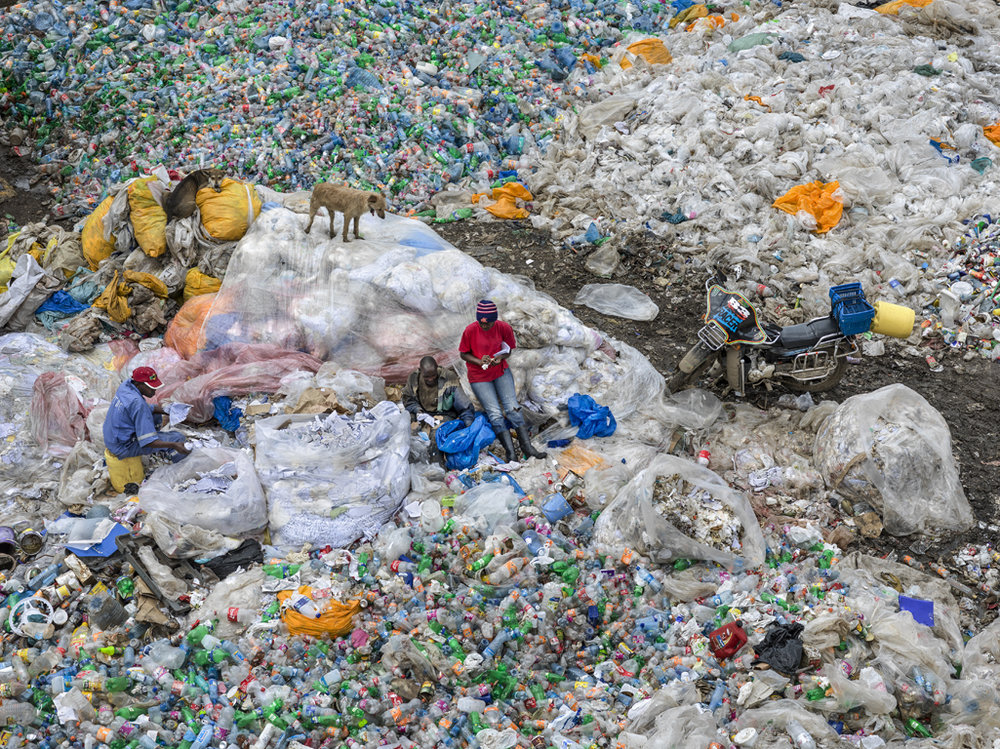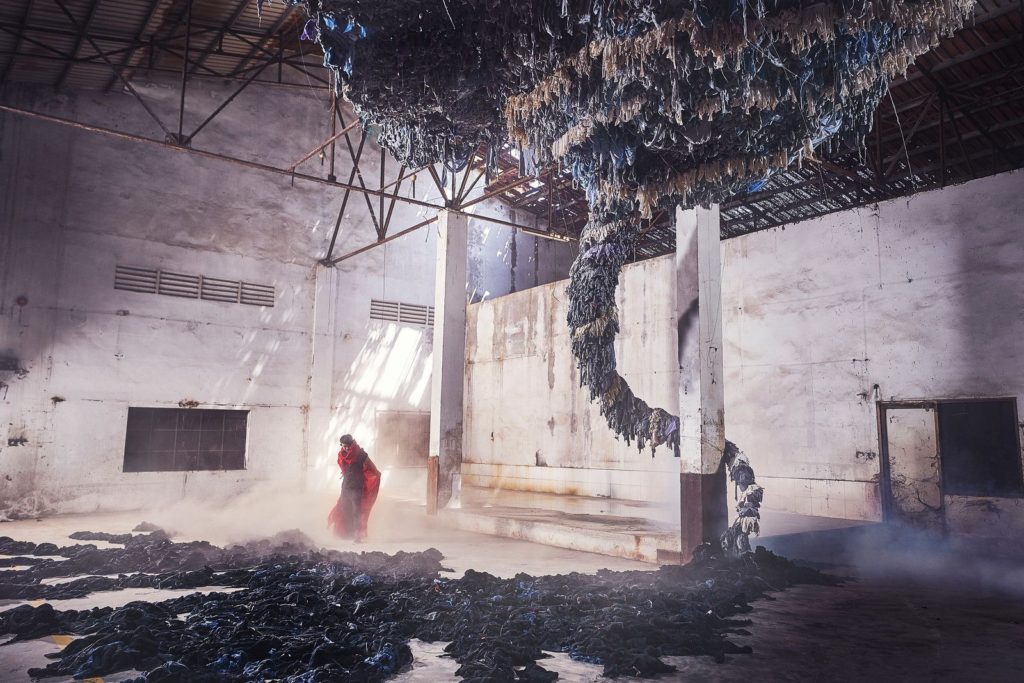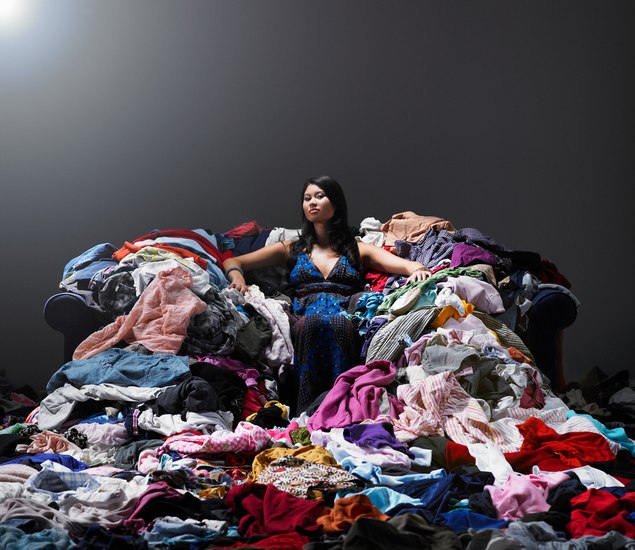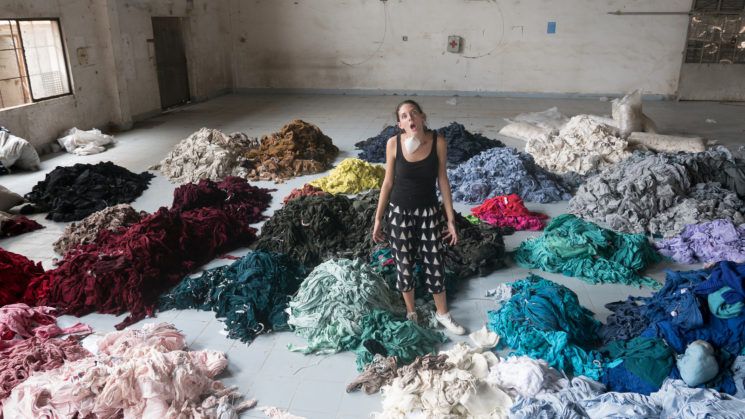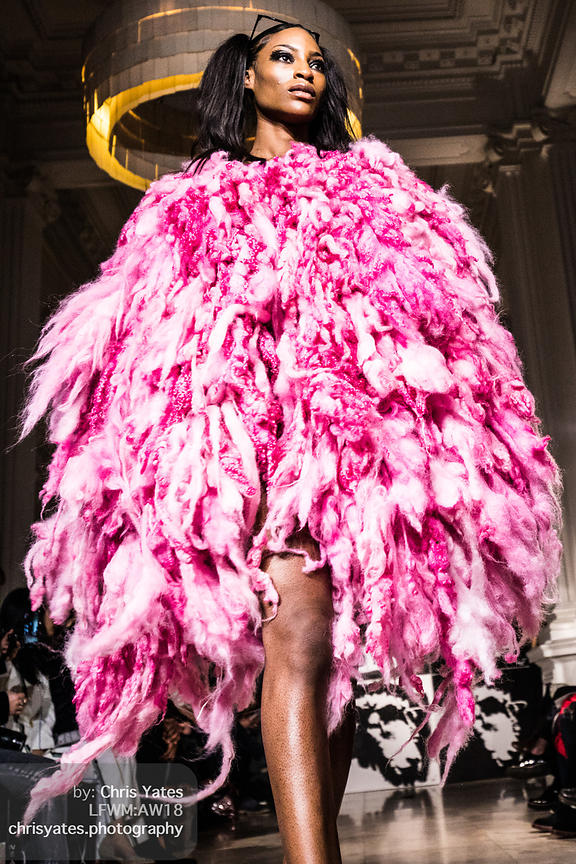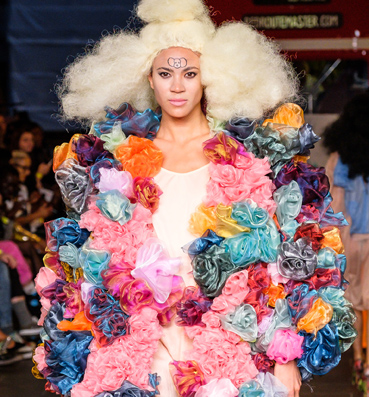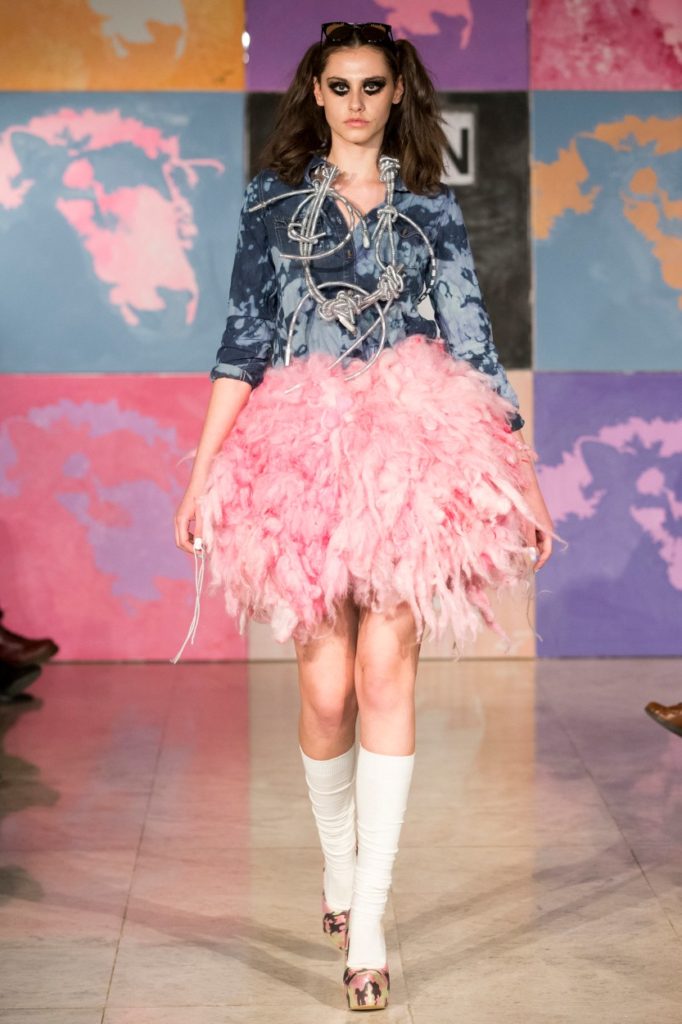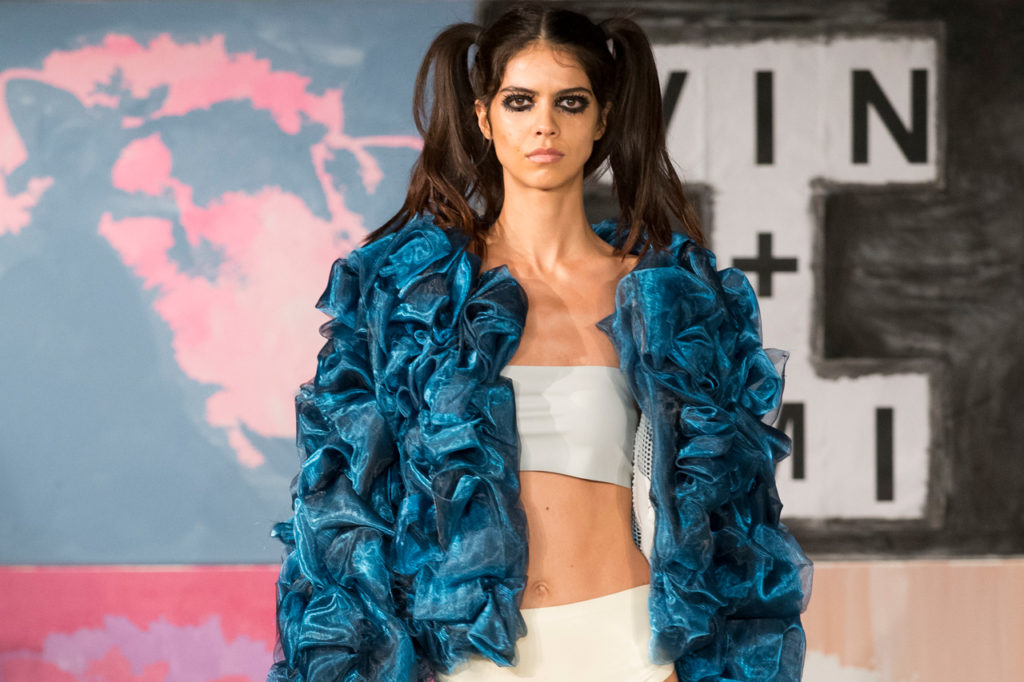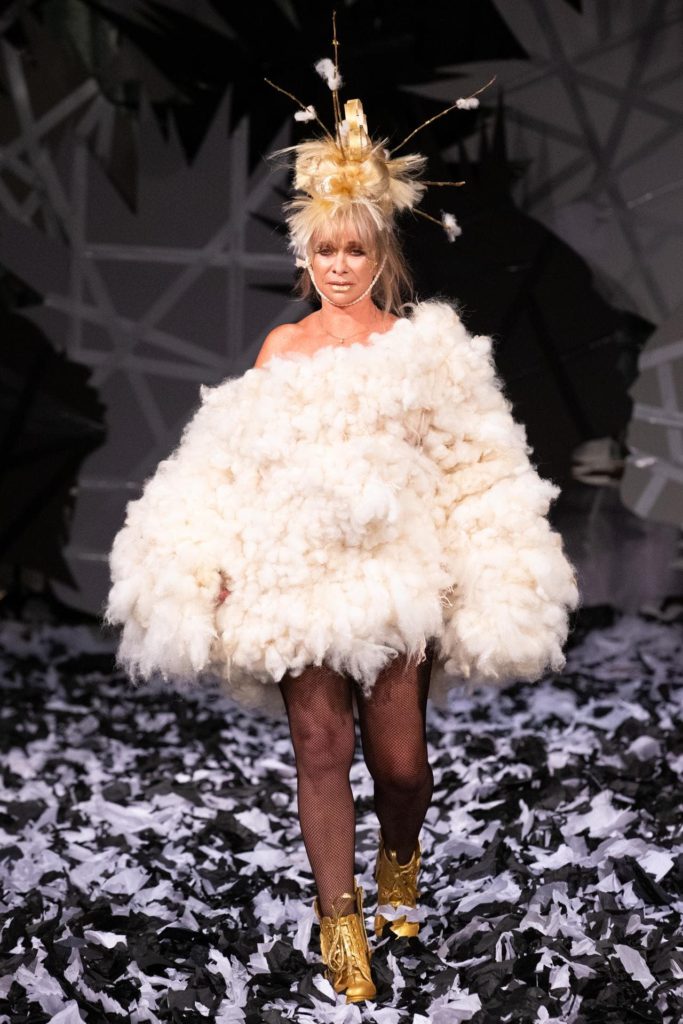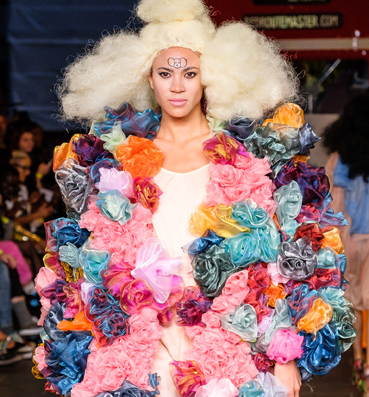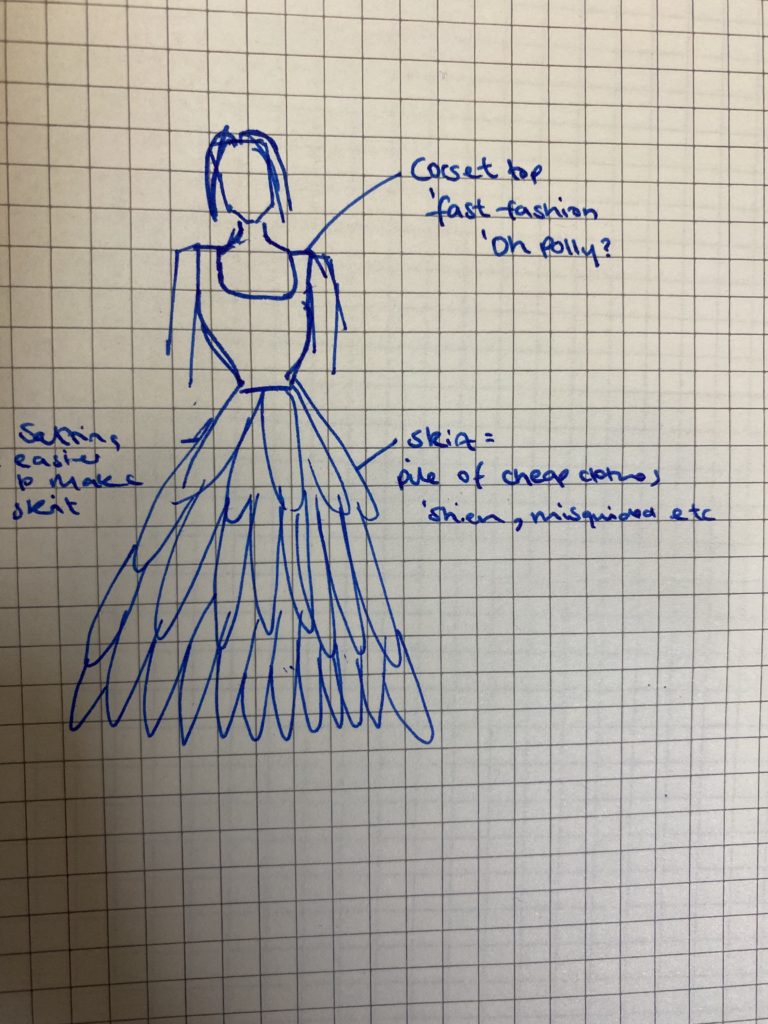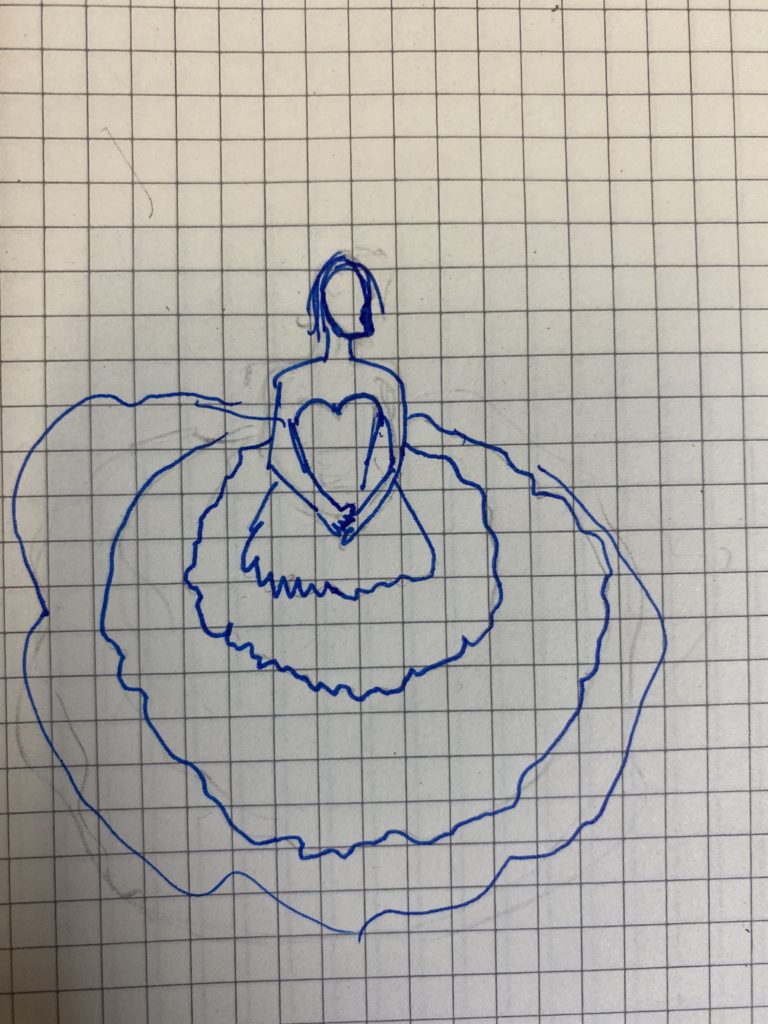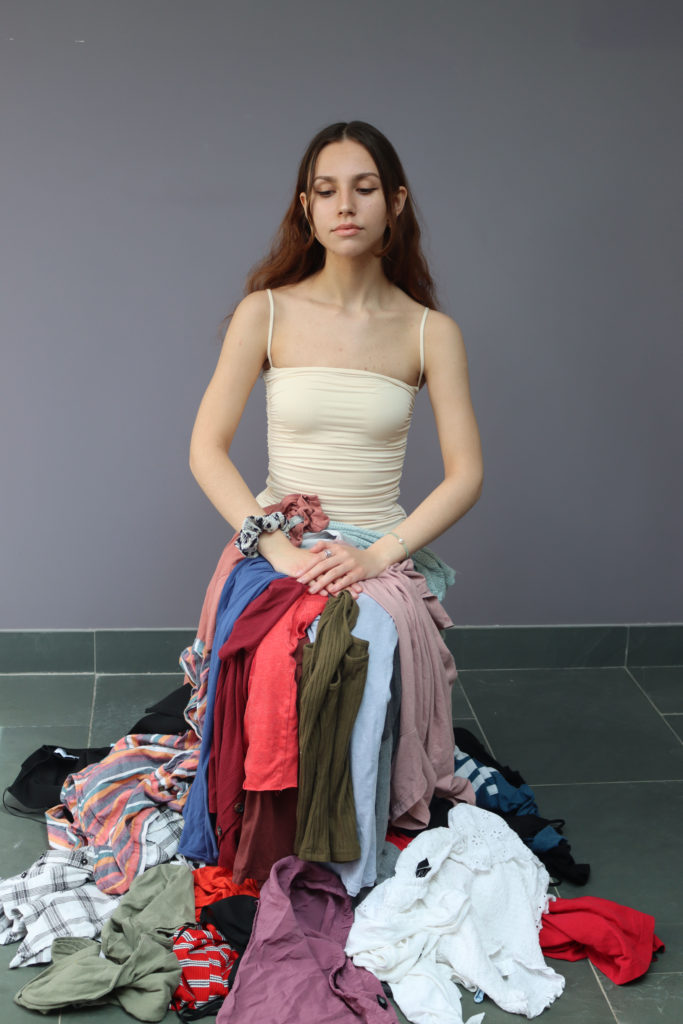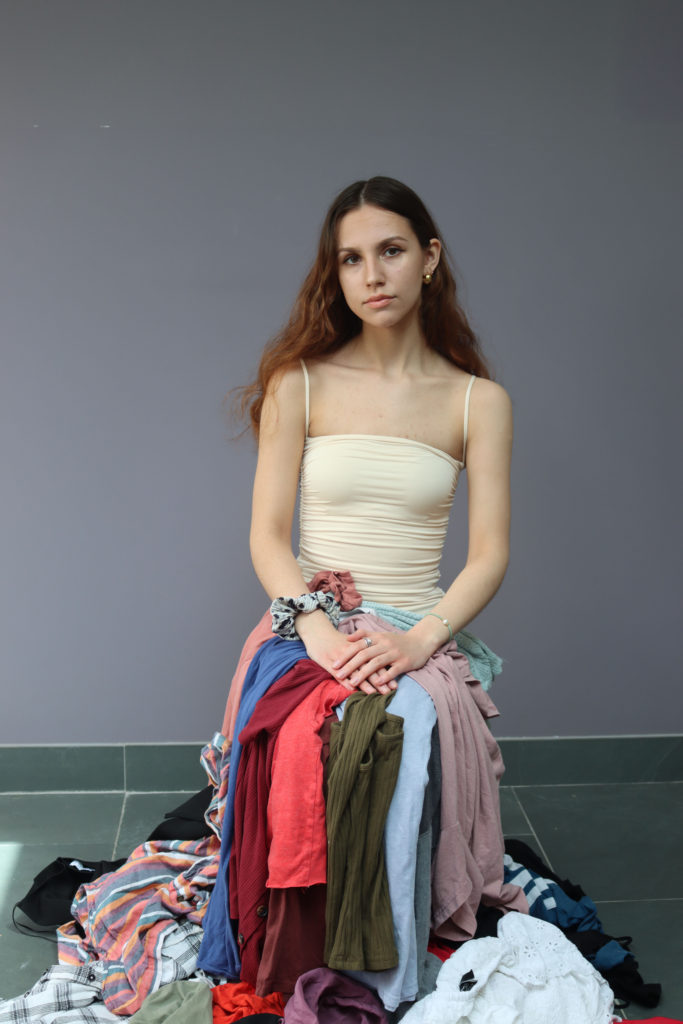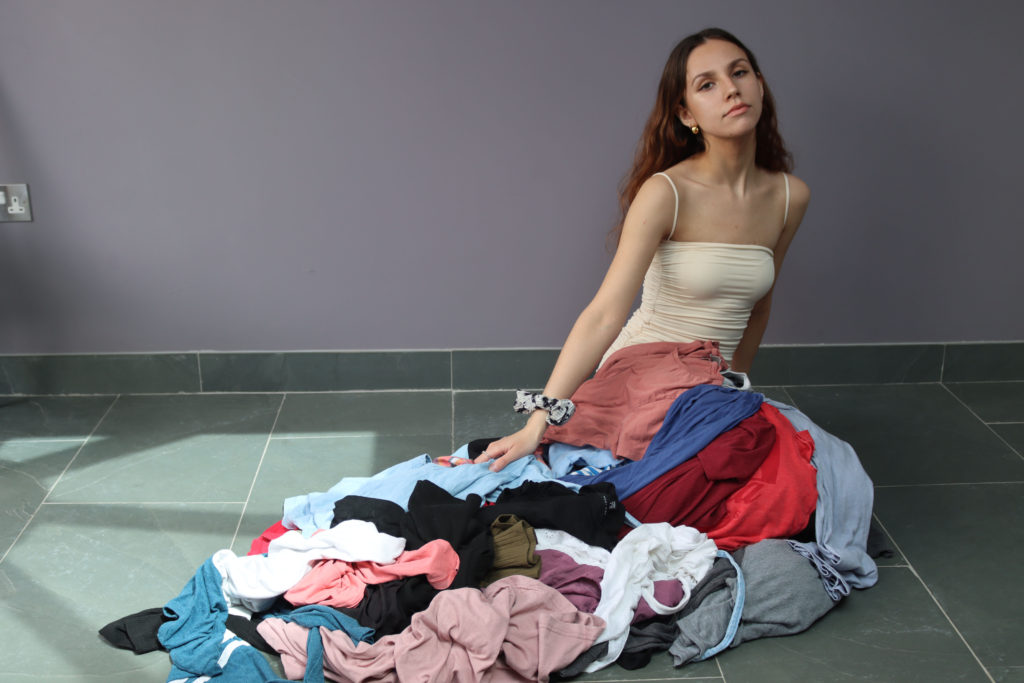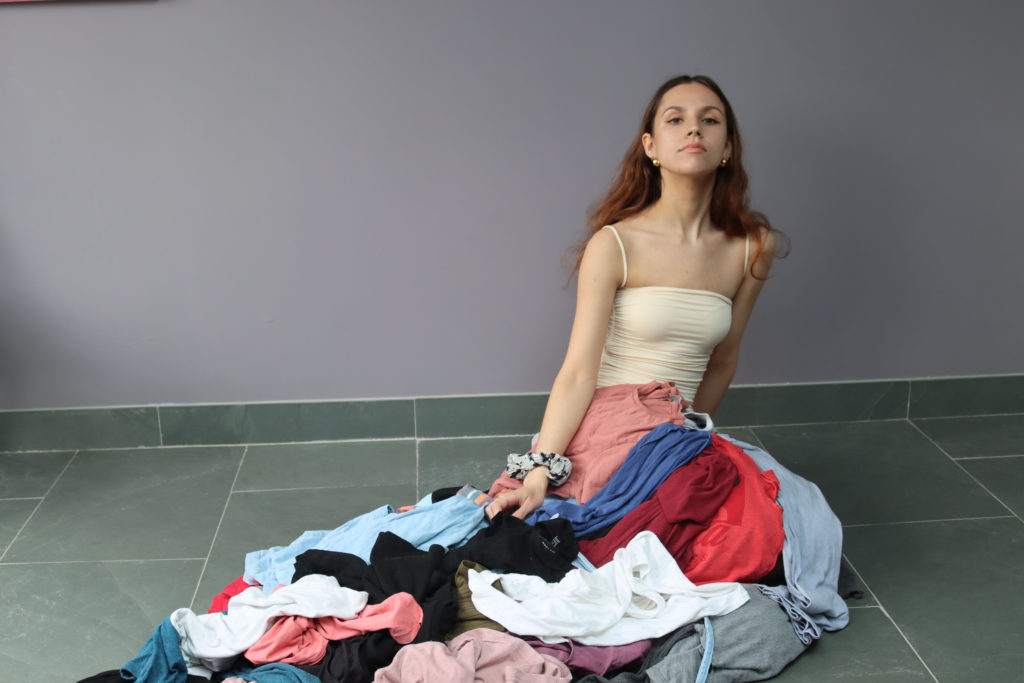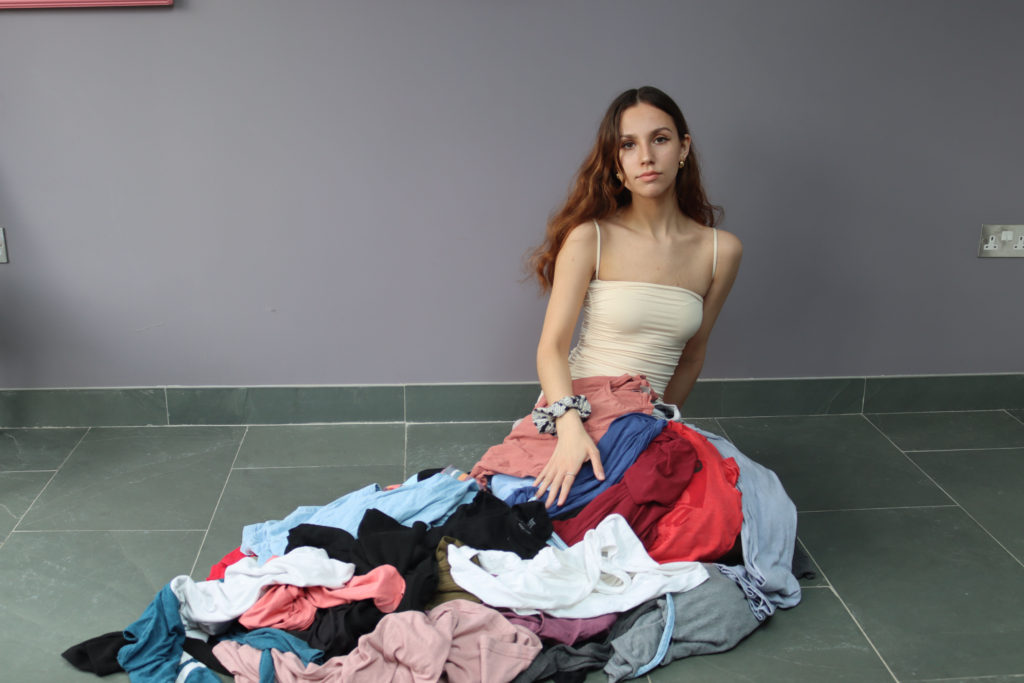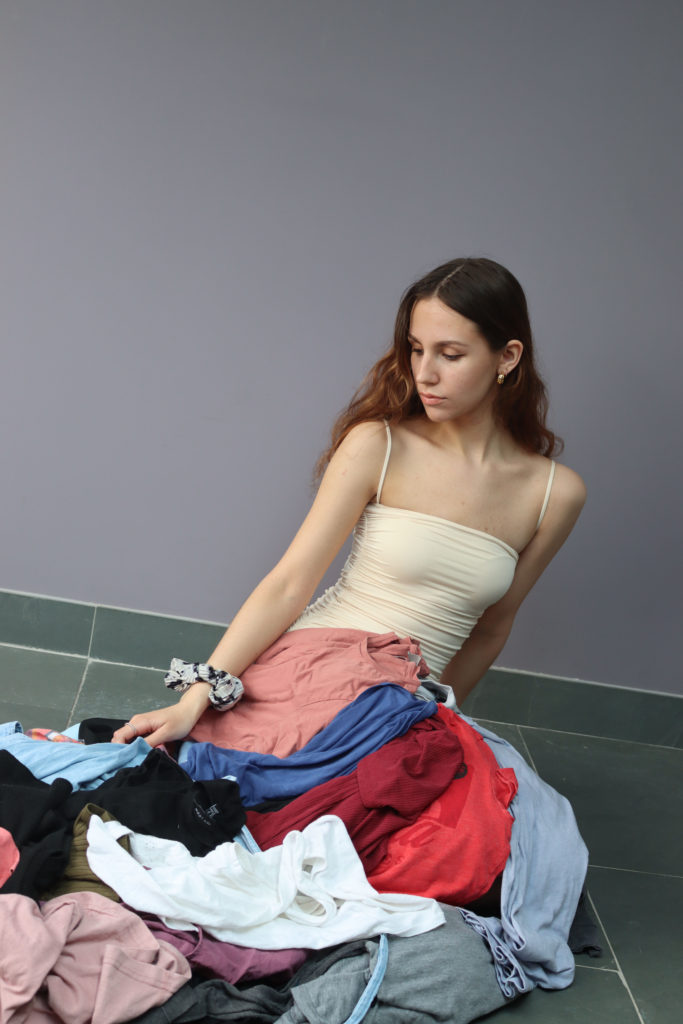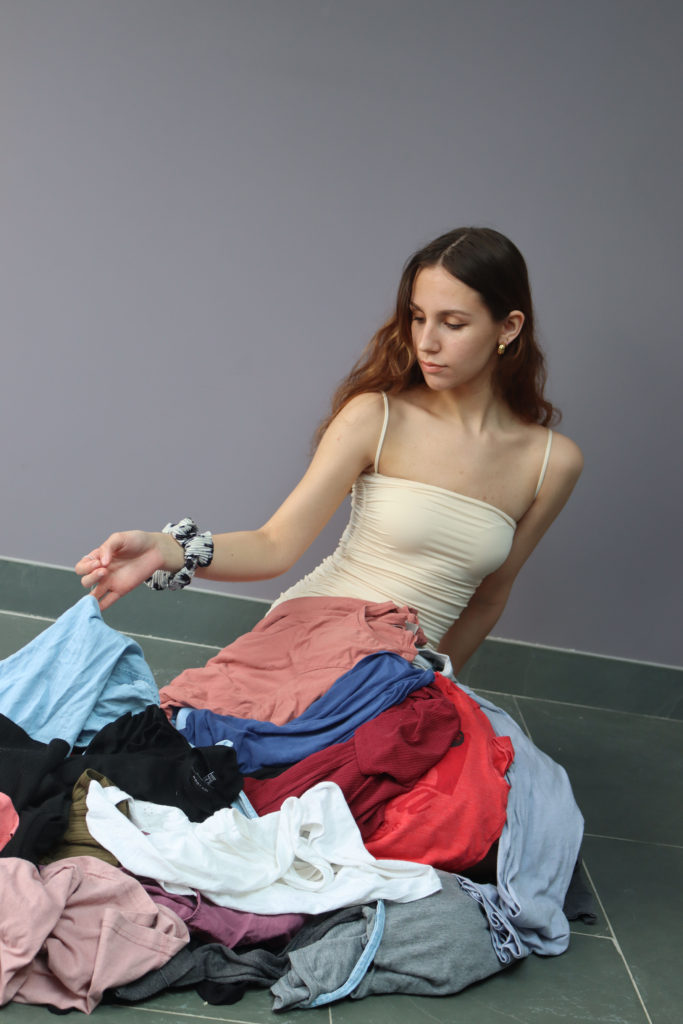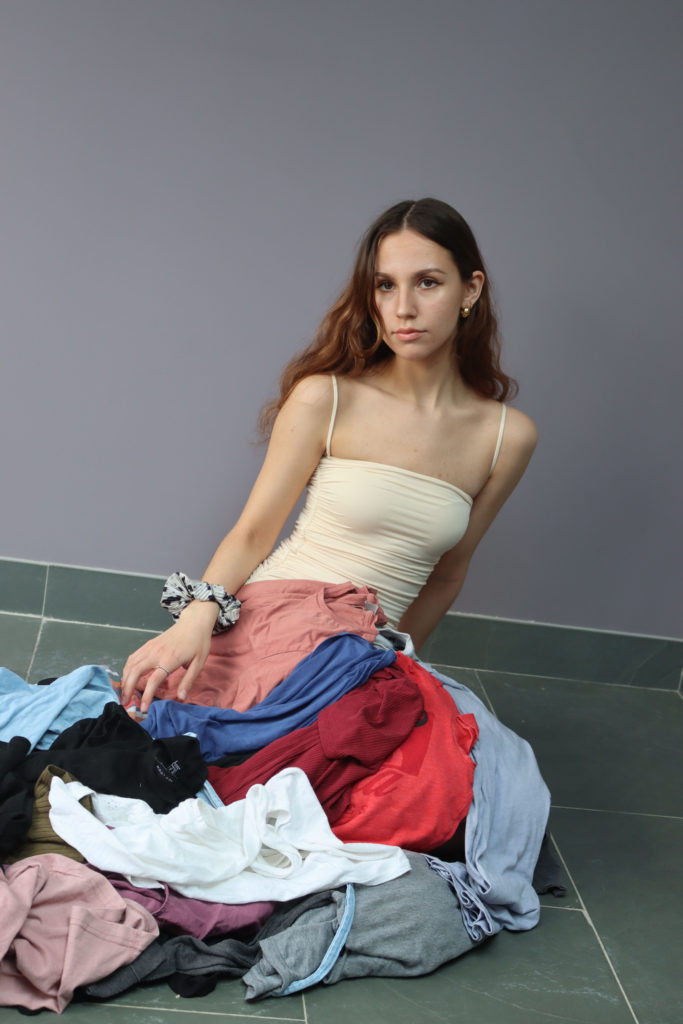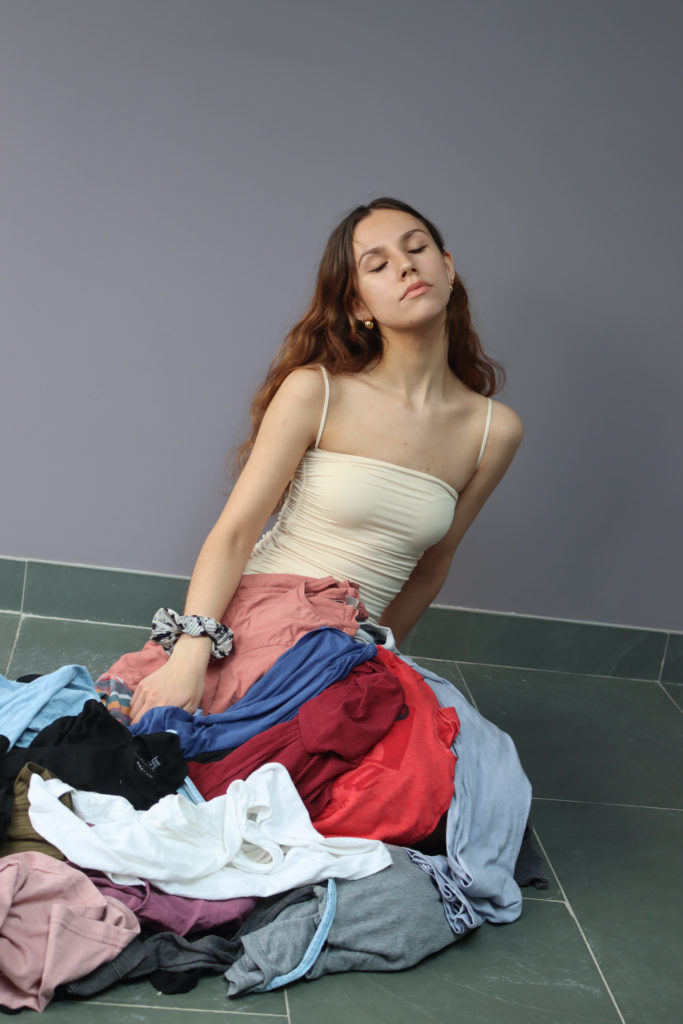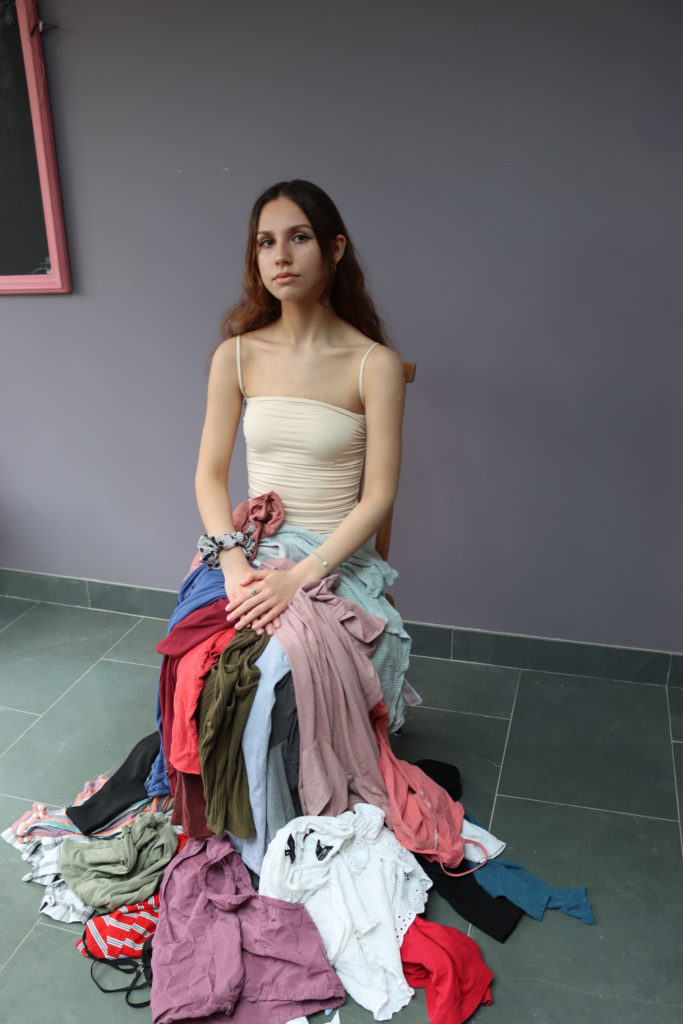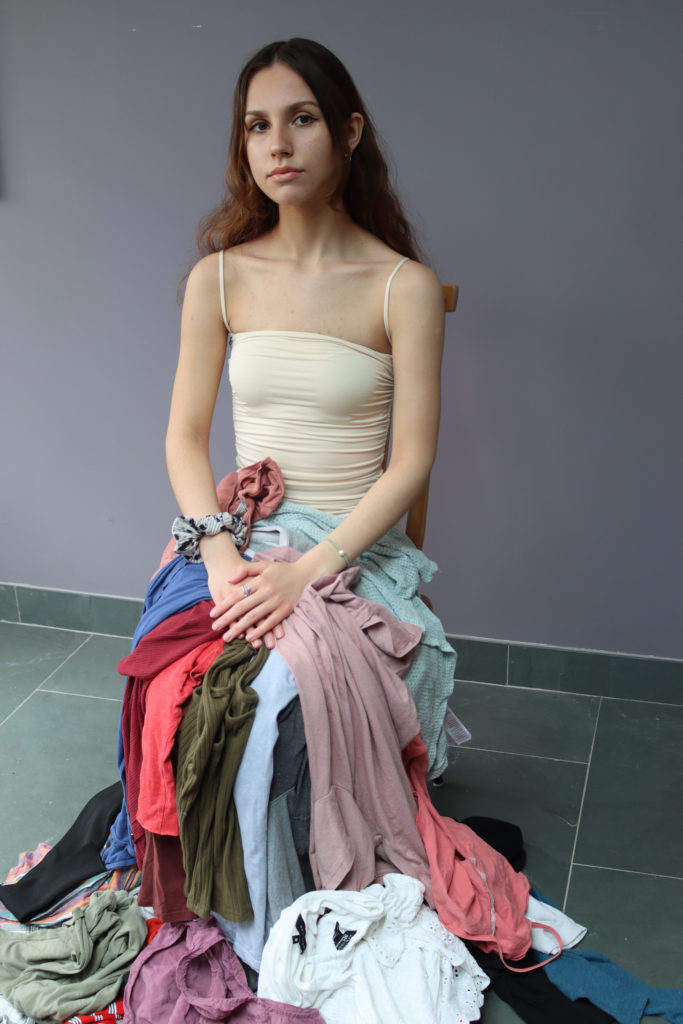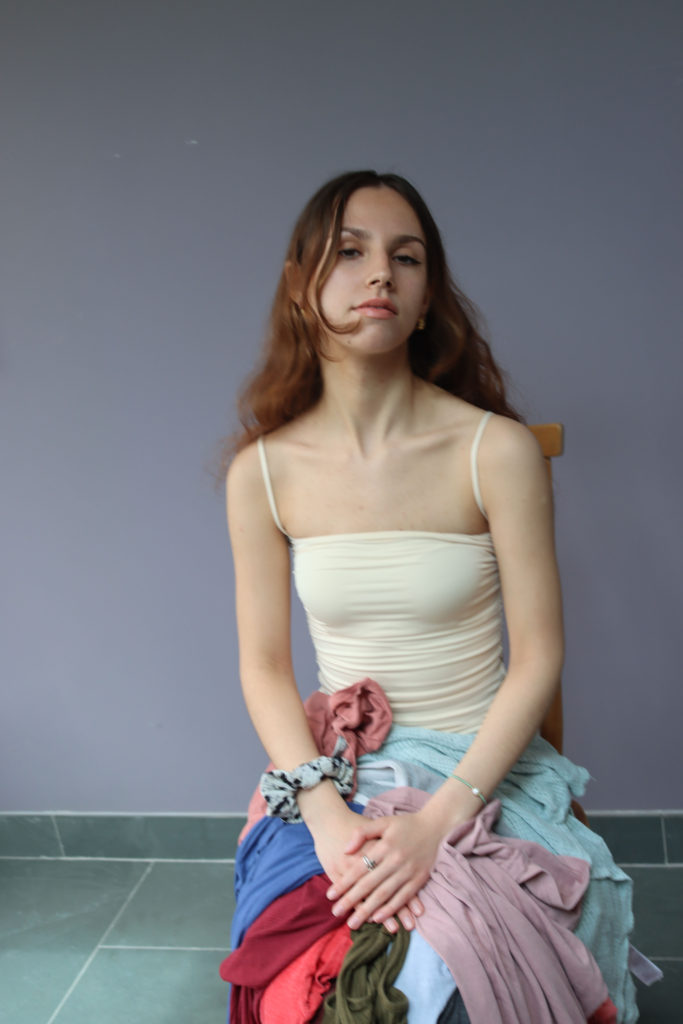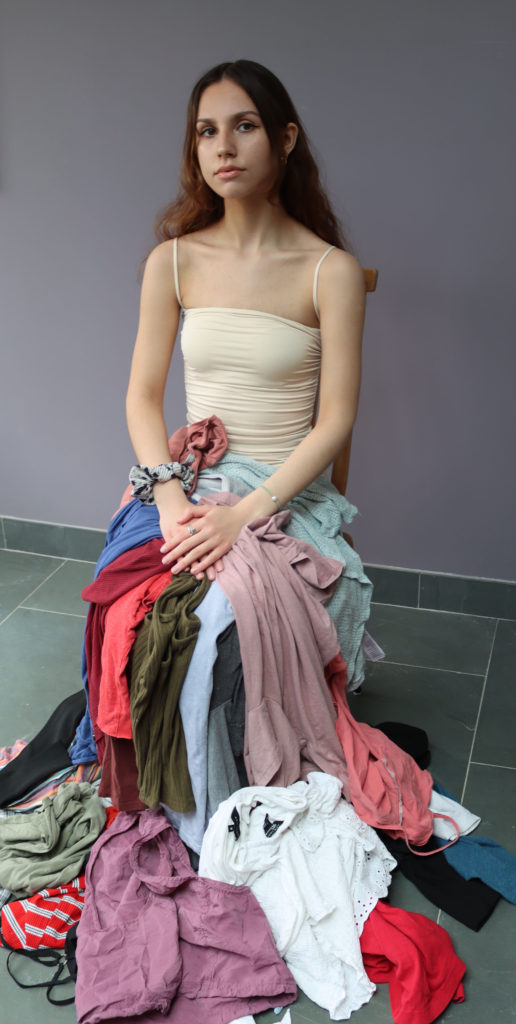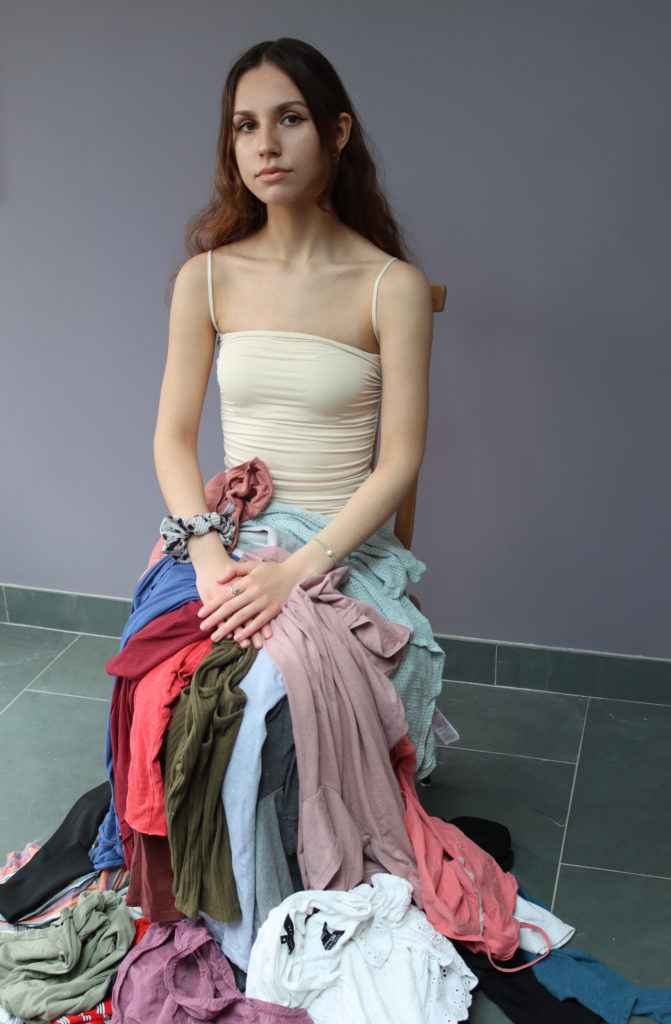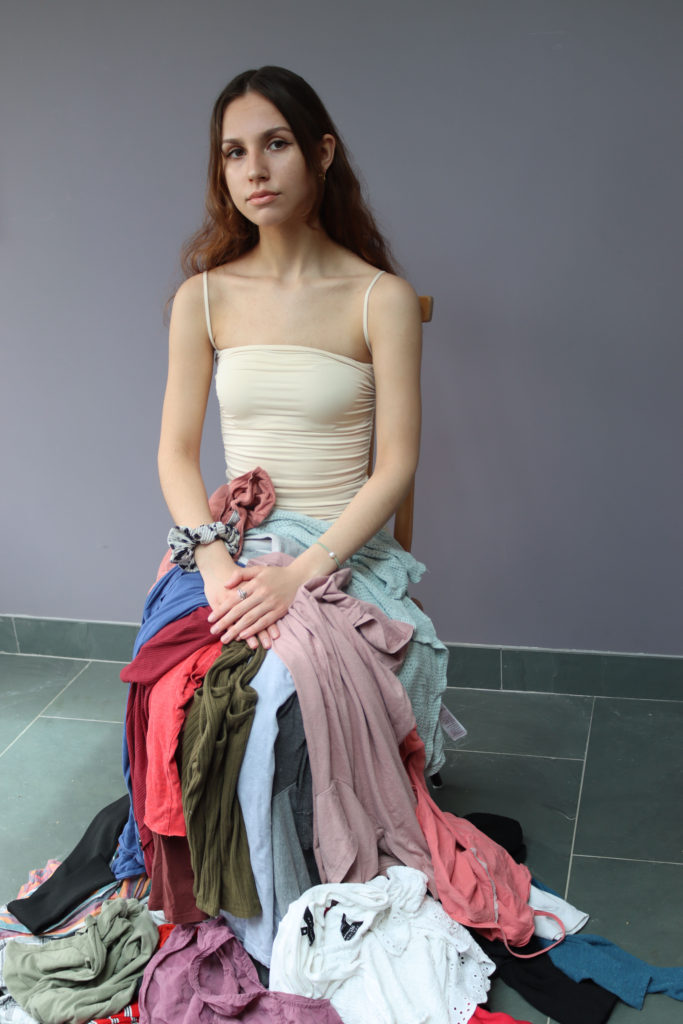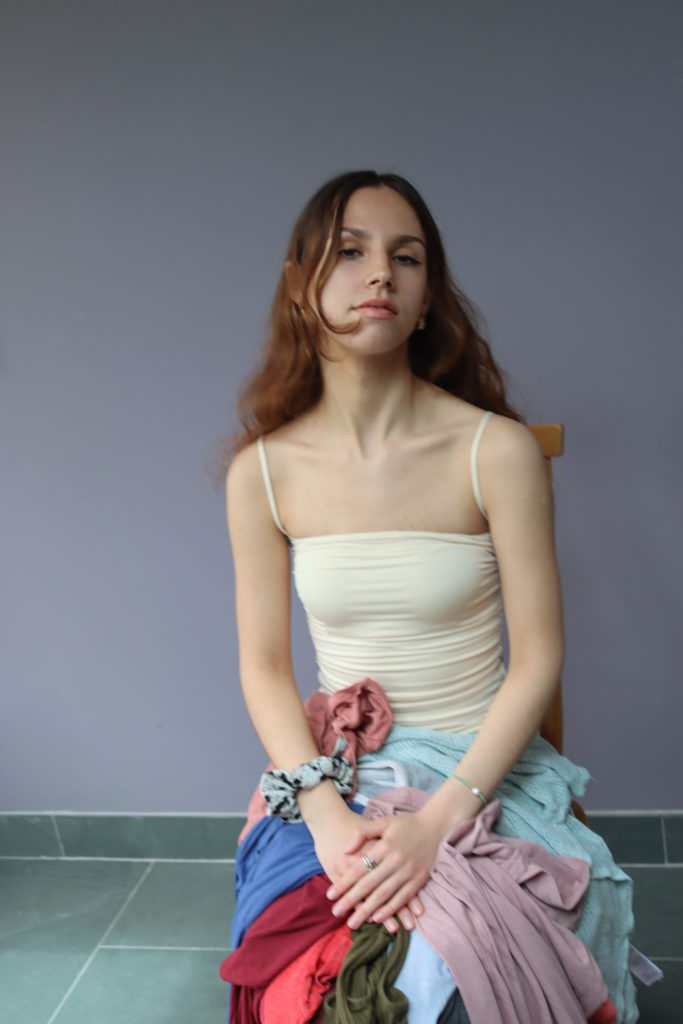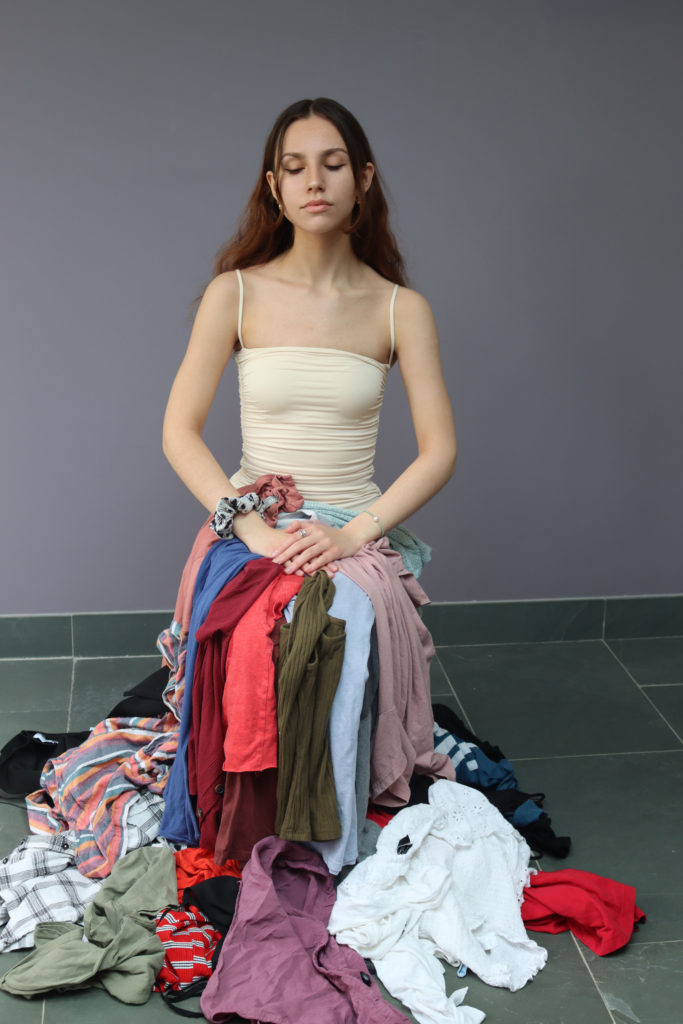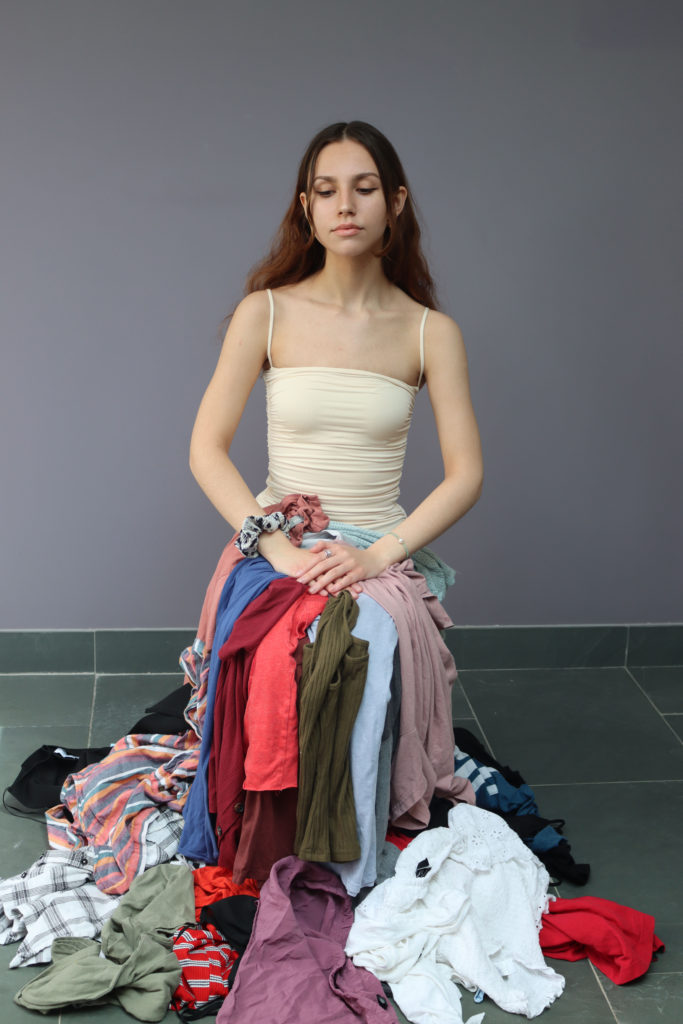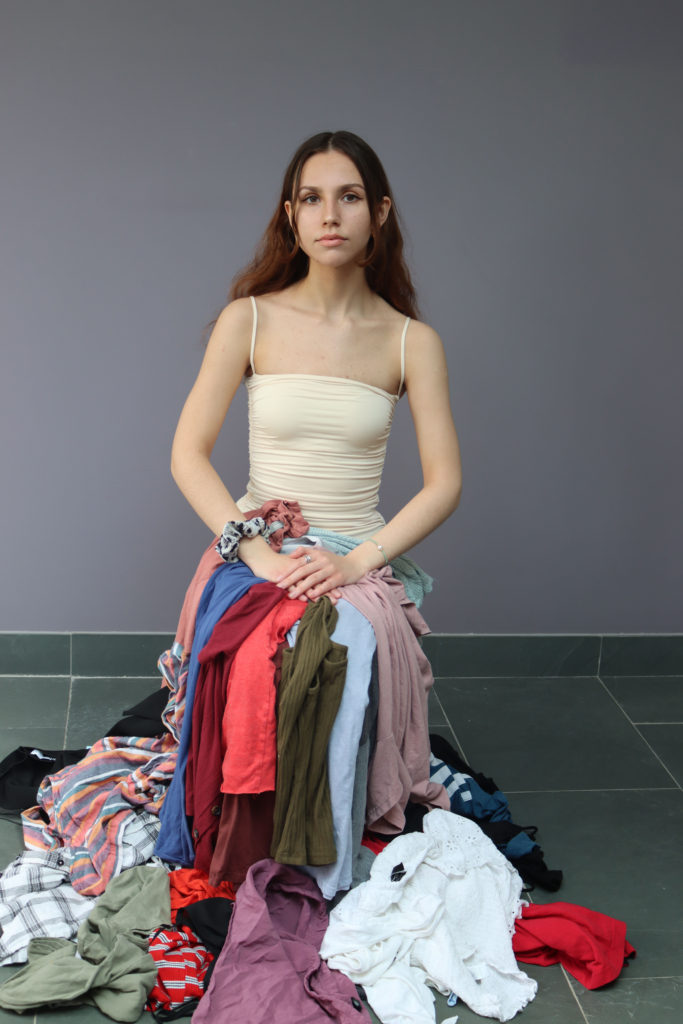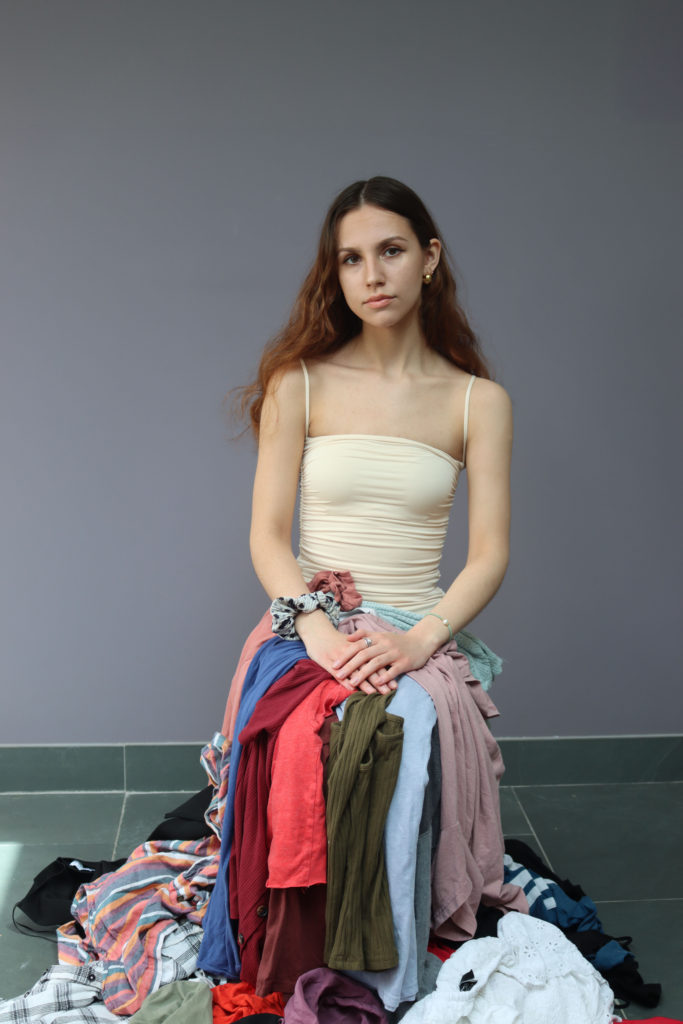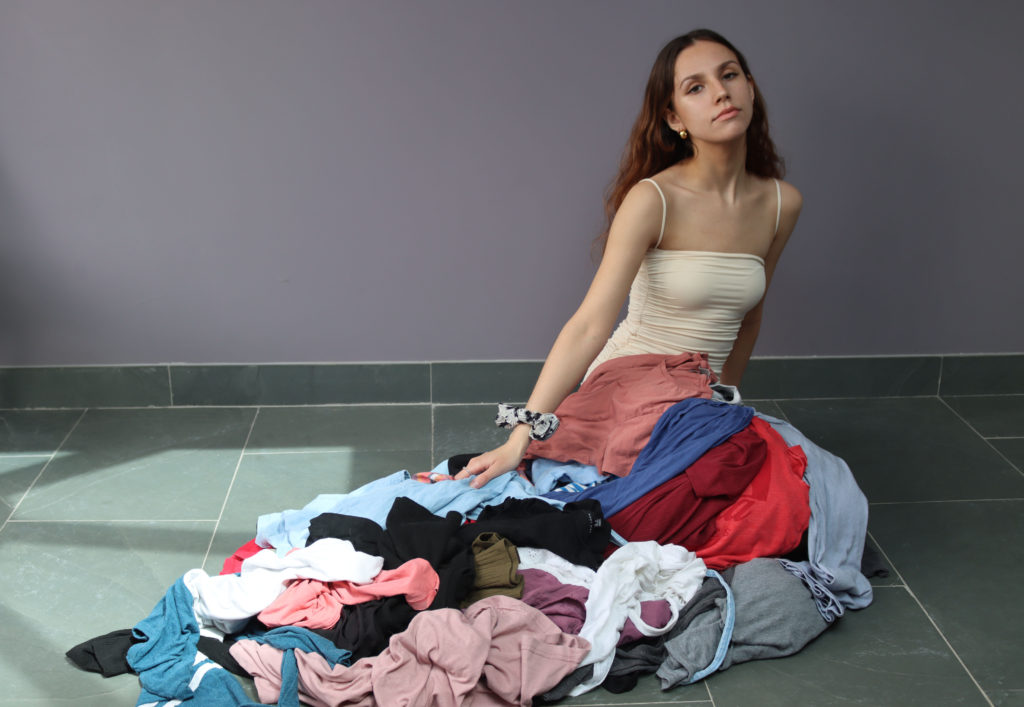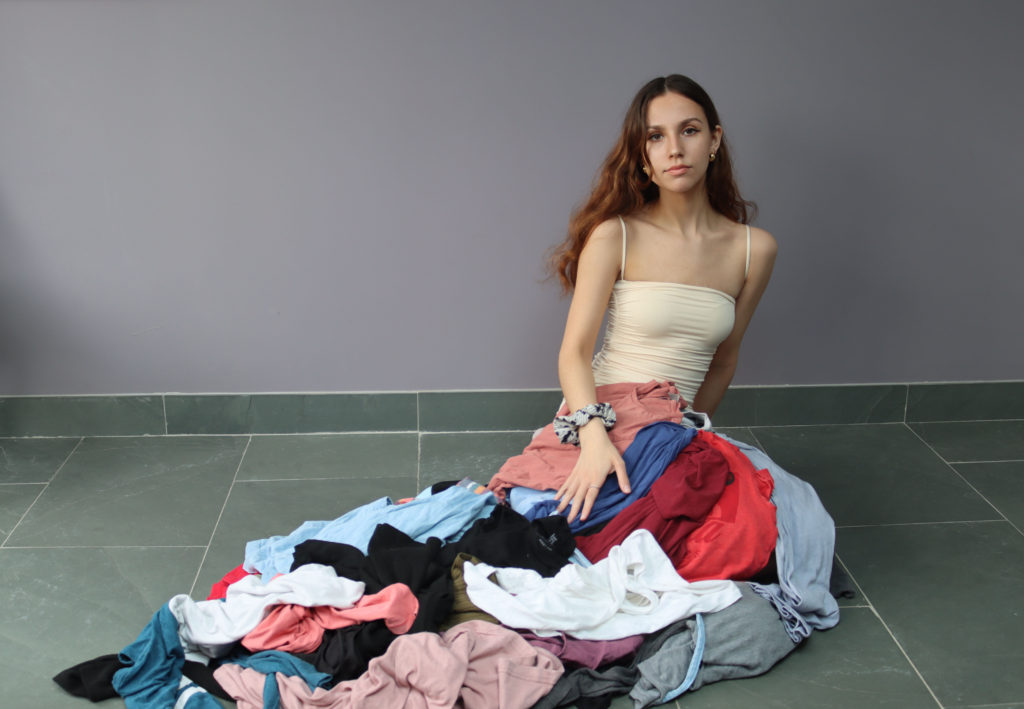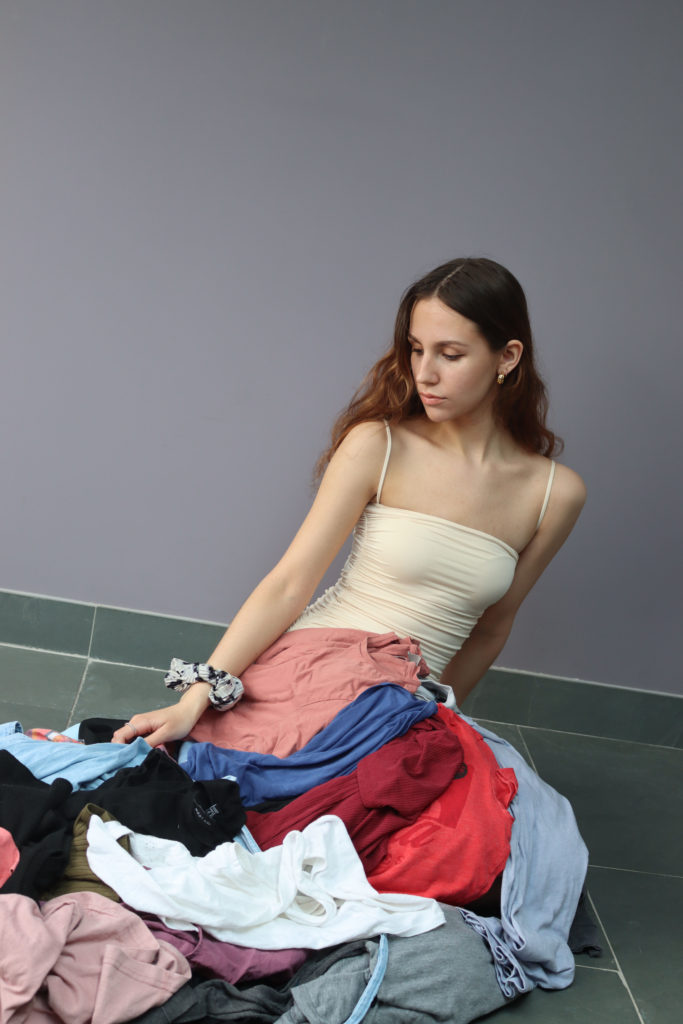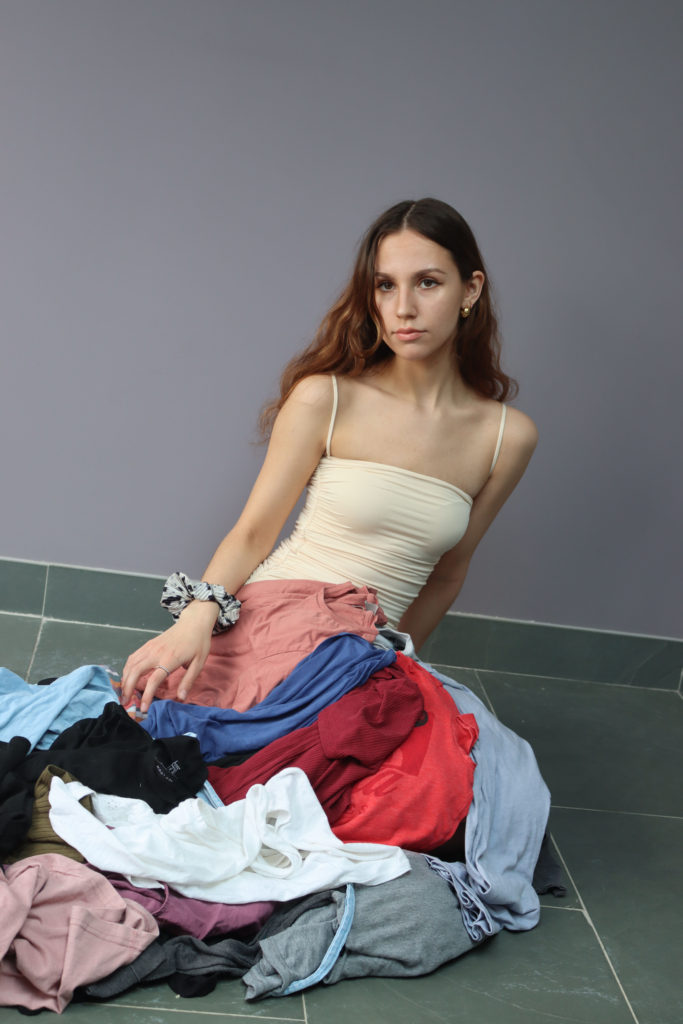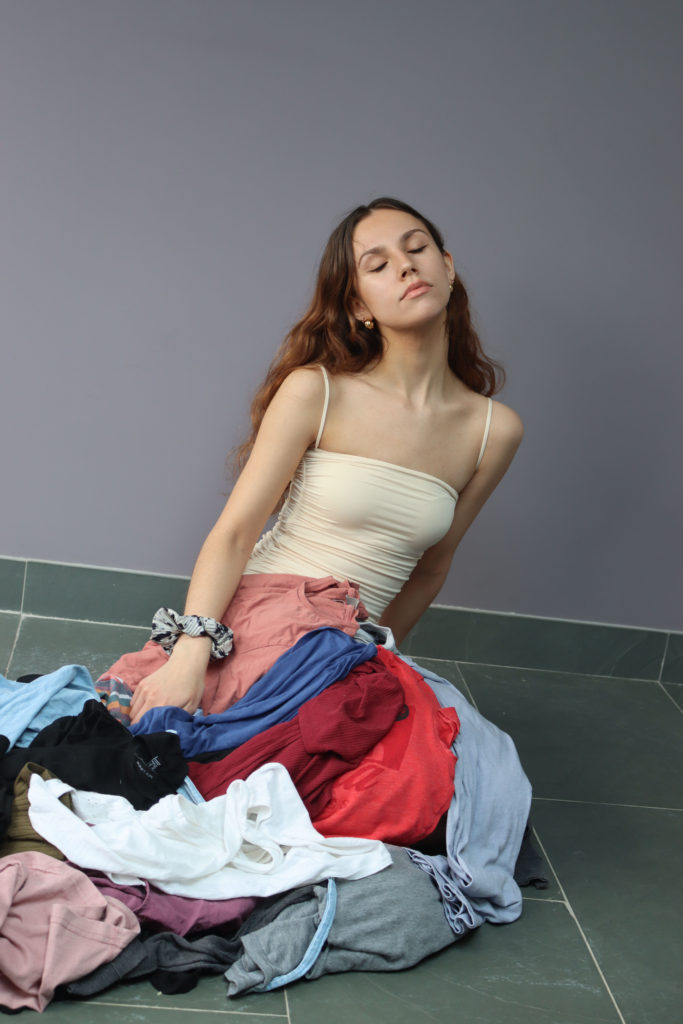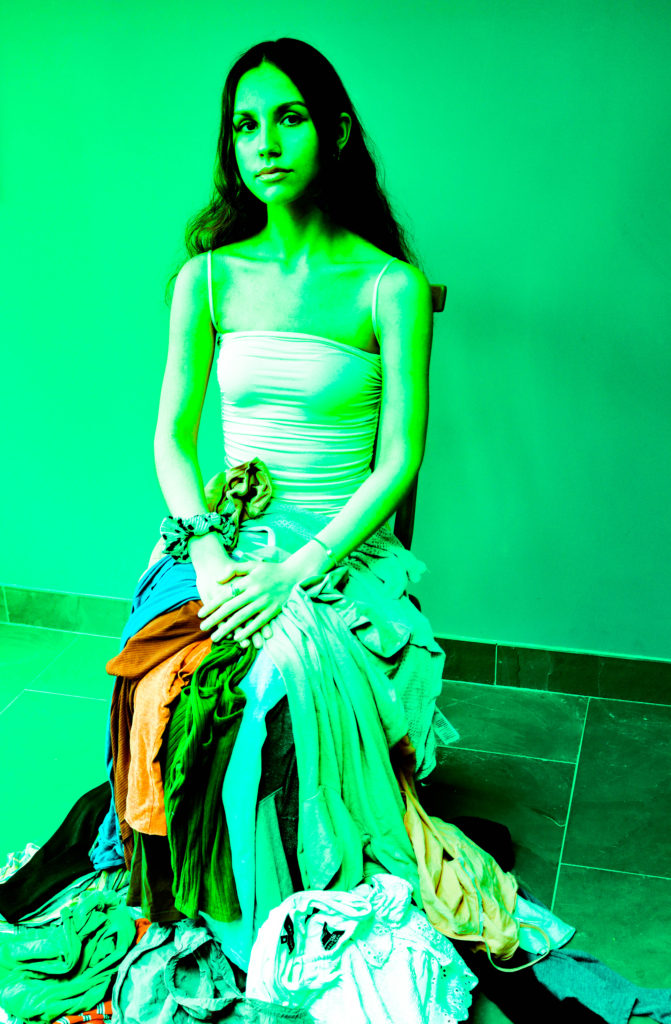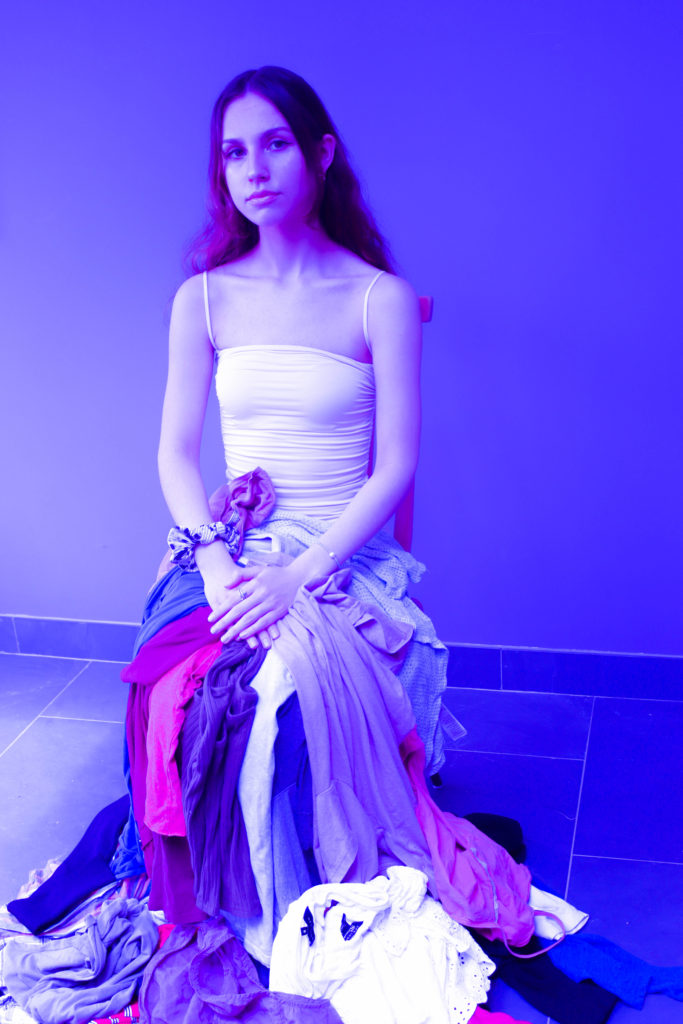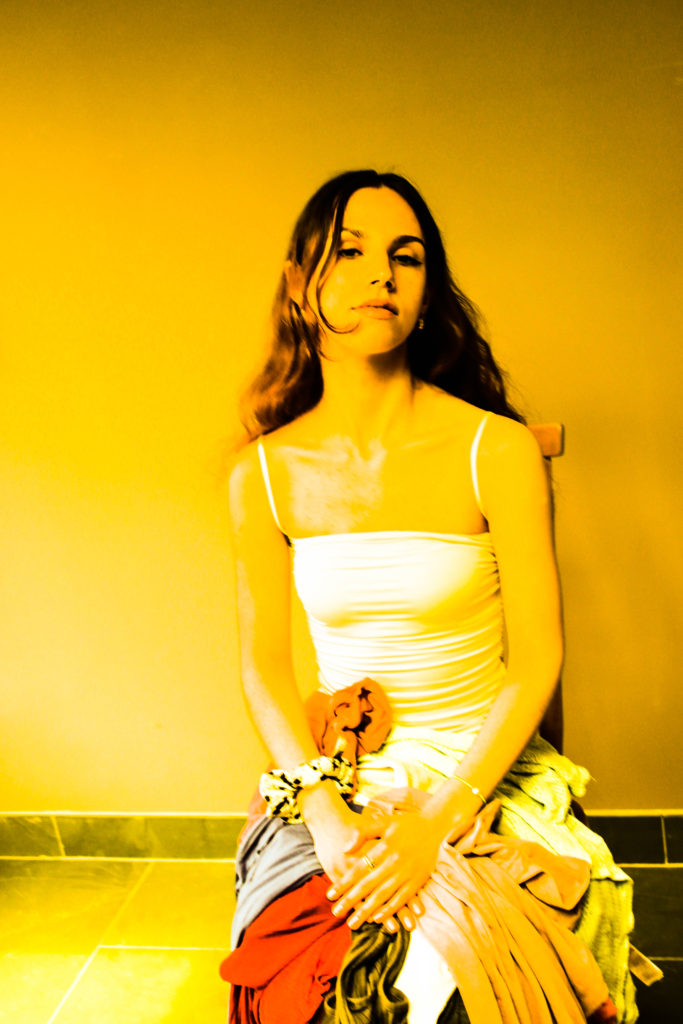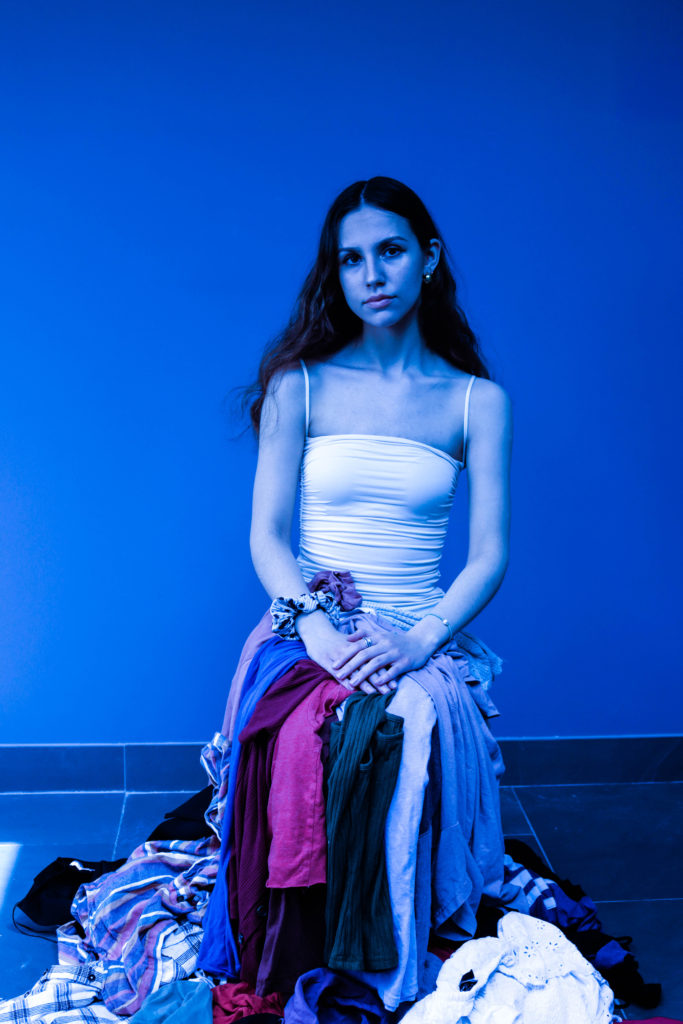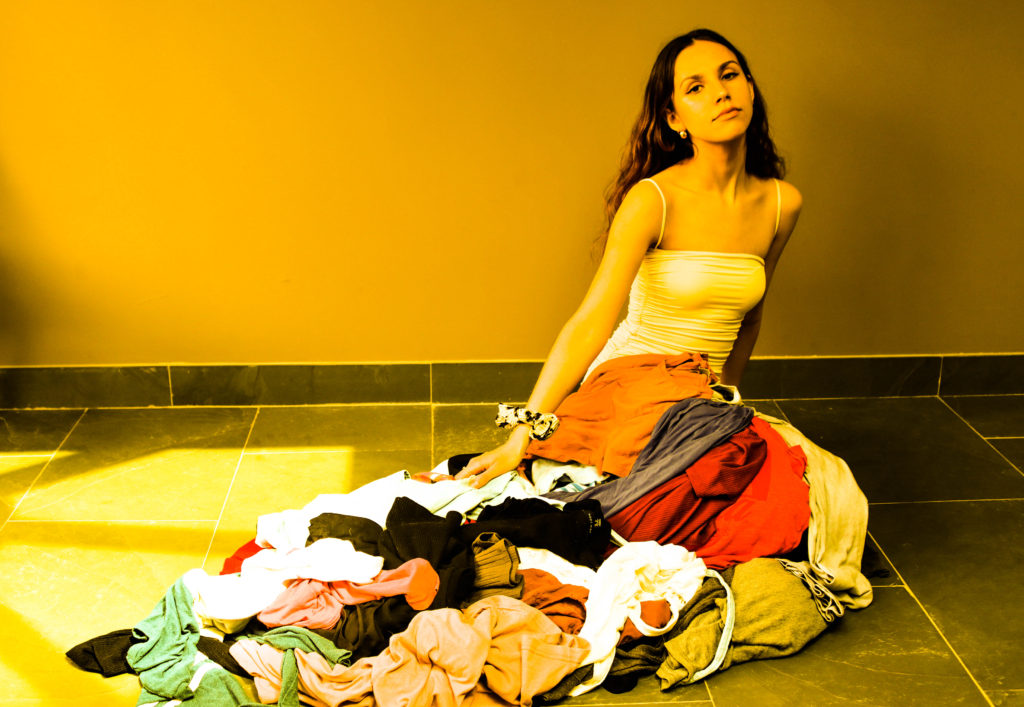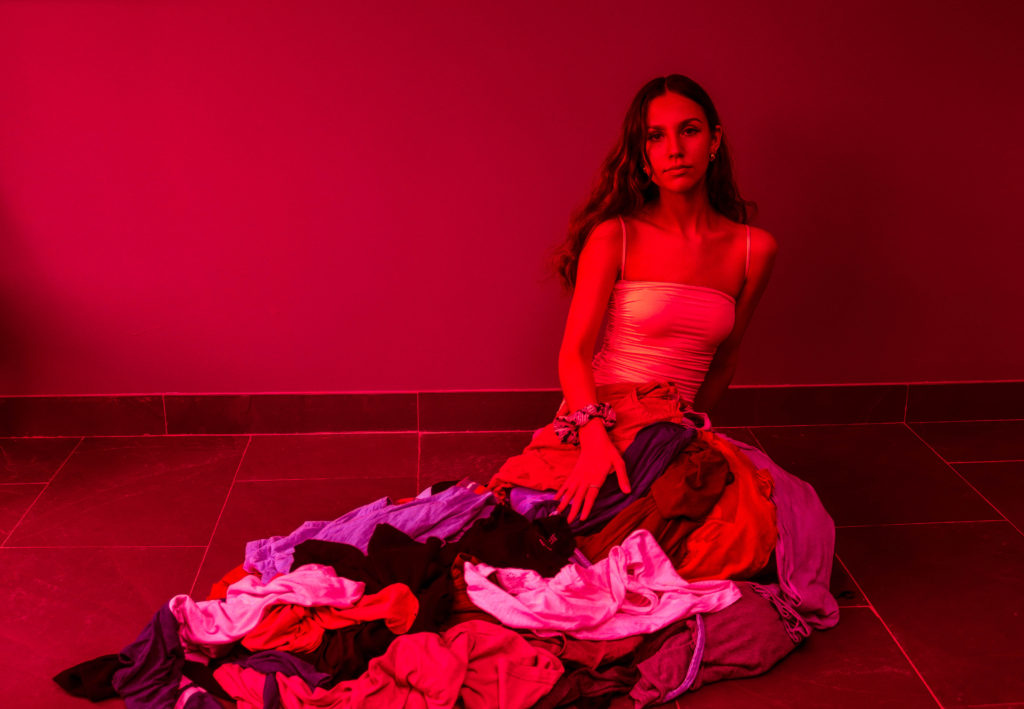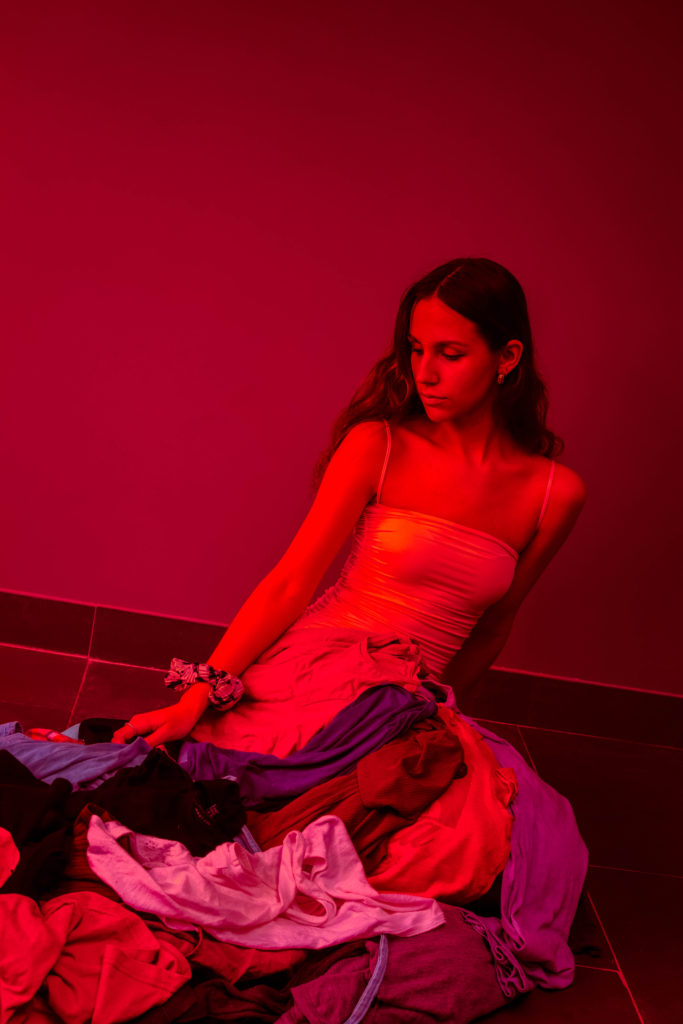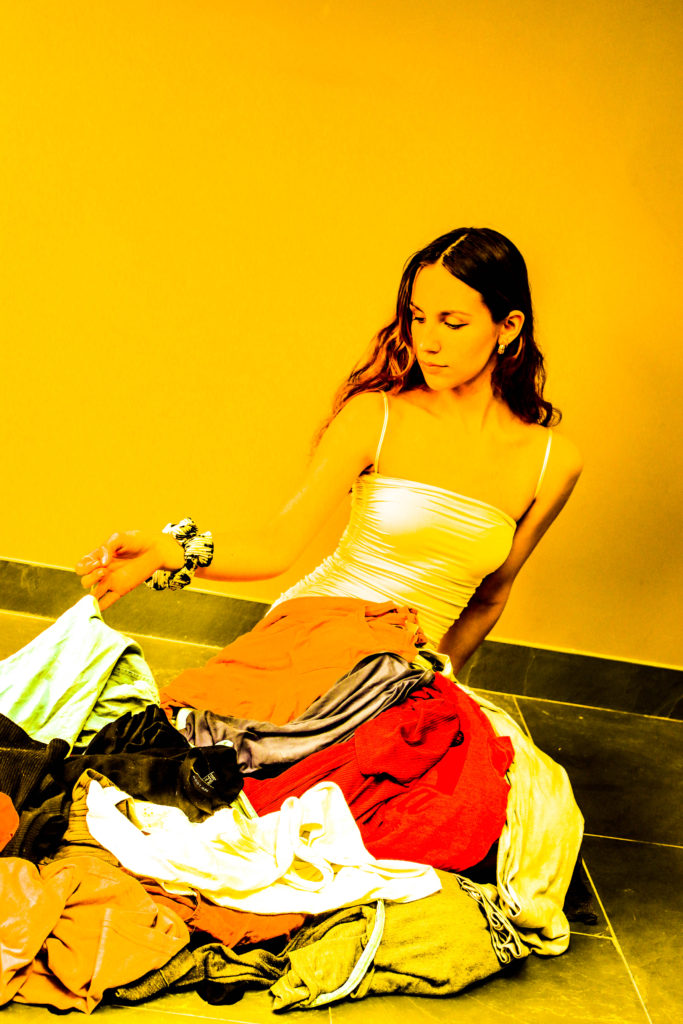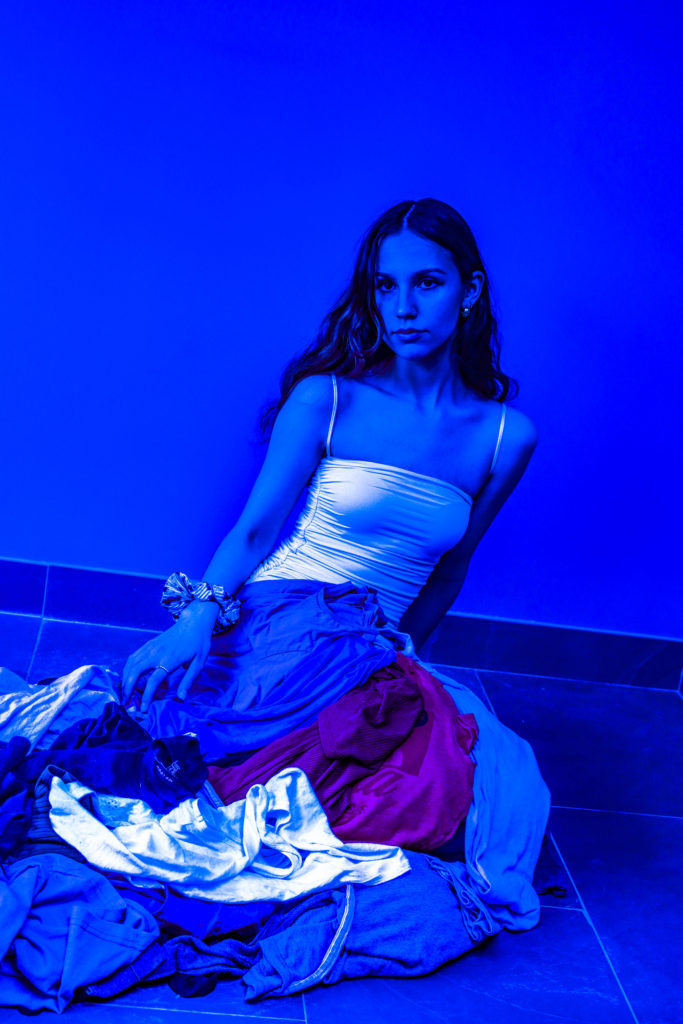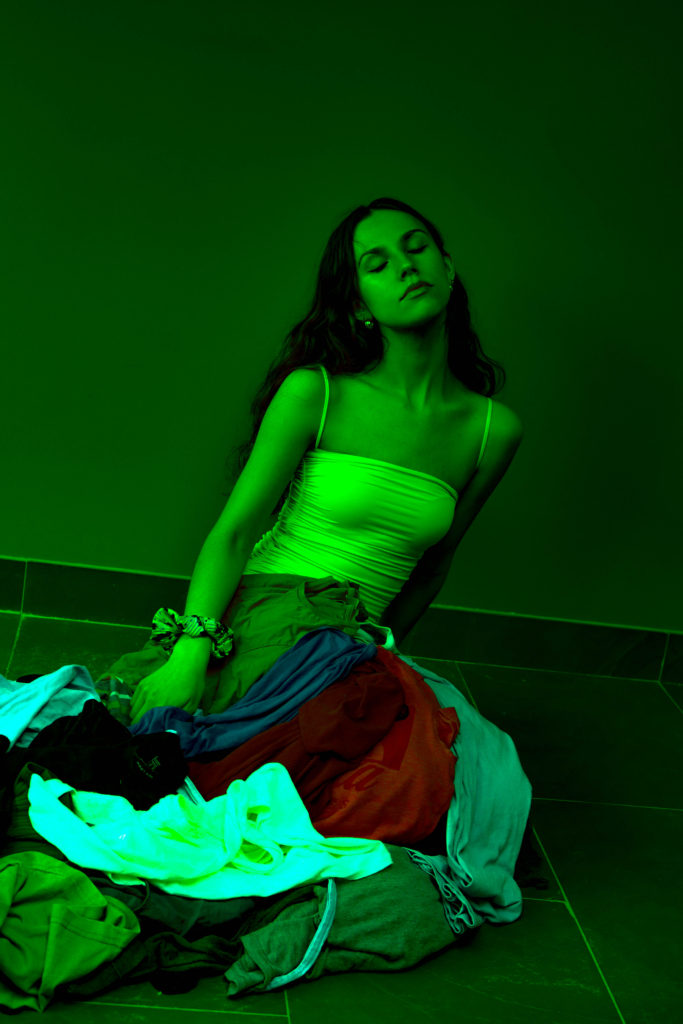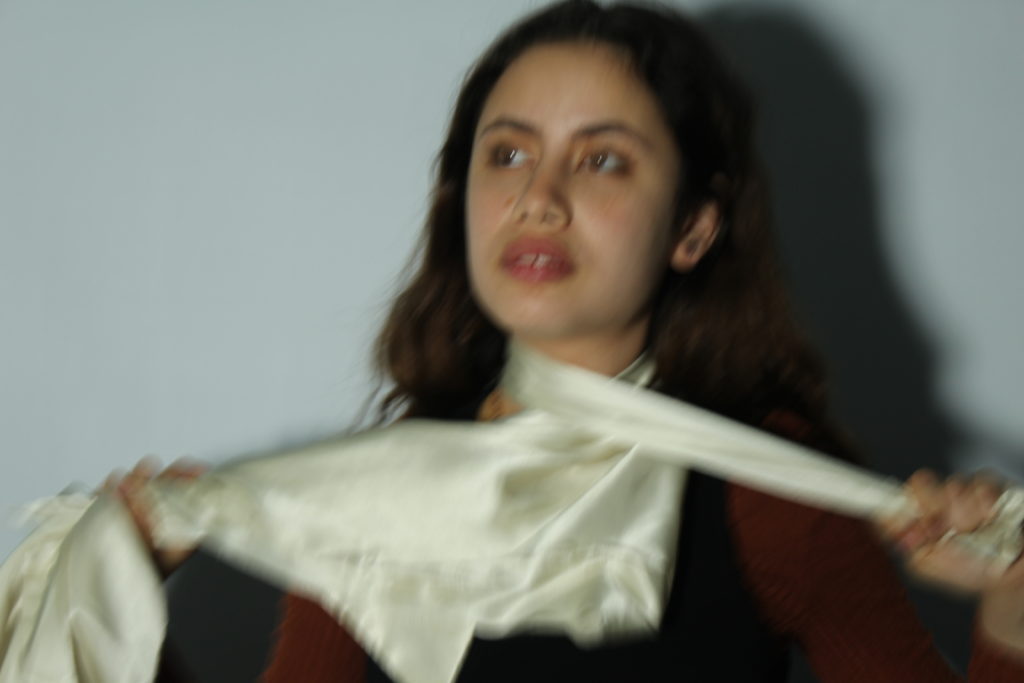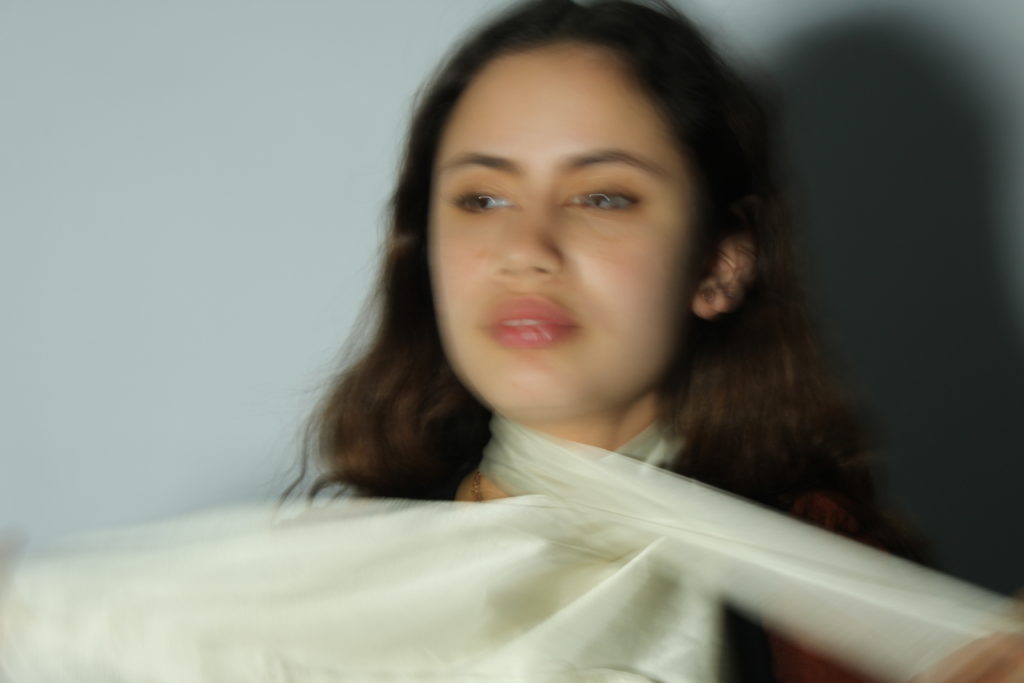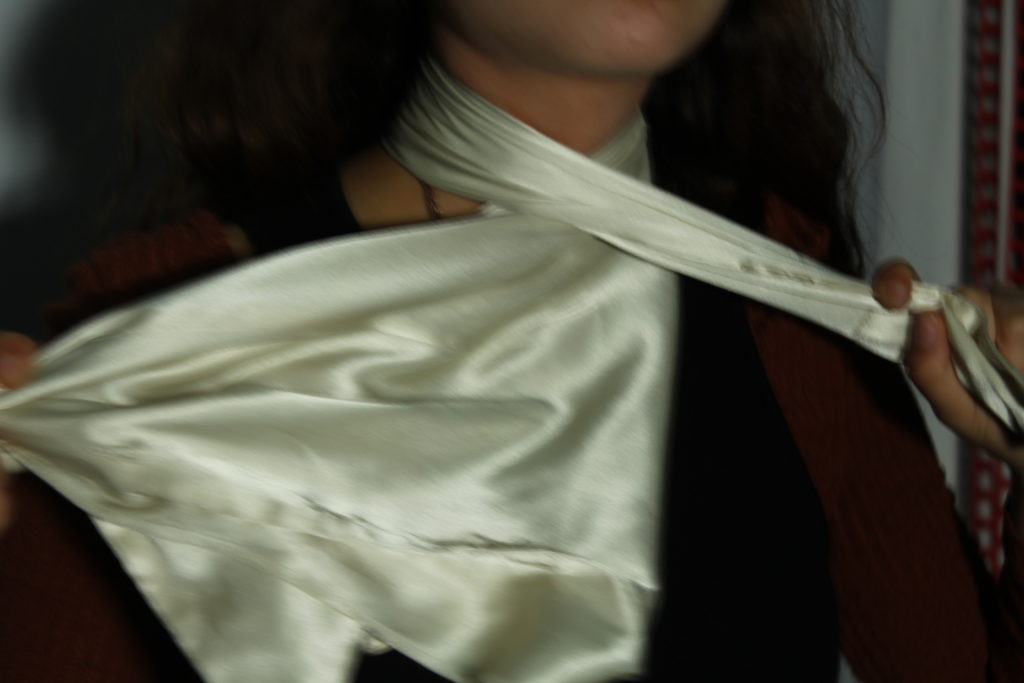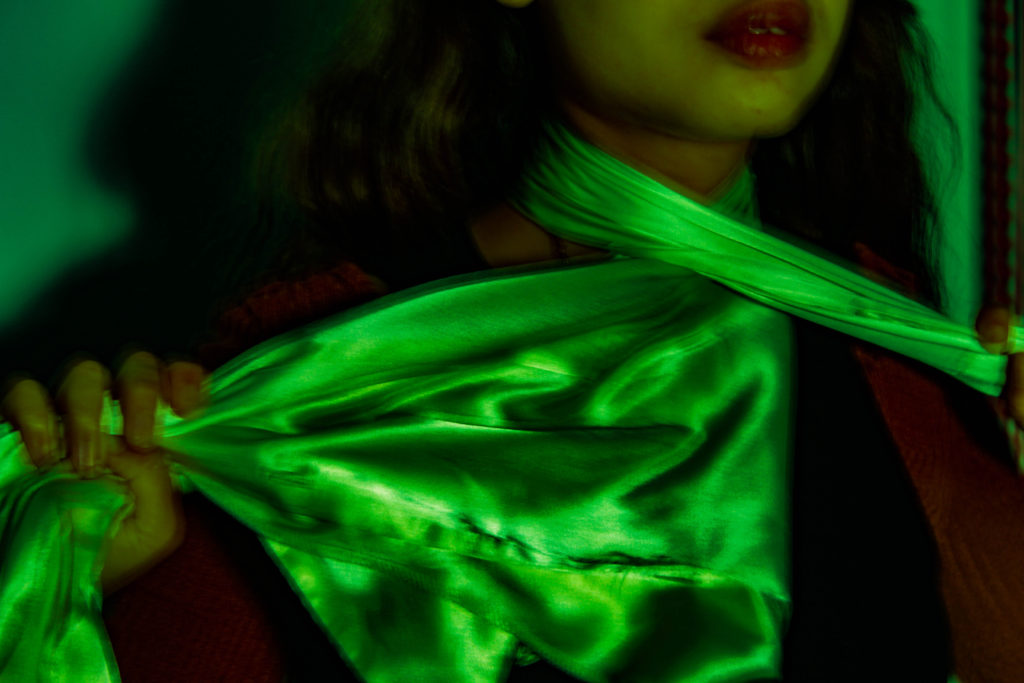What is Anthropocene?
According to National Geographic, The Anthropocene Epoch is an unofficial unit of geologic time, used to describe the most recent period in Earth’s history when human activity started to have a significant impact on the planet’s climate and ecosystems.
Anthropocene focuses on the idea of mans impact on the planet, specifically post industrial evolution. In light of the global climate crisis, this topic is becoming increasingly popular to explore by photographers who aim to bring to crisis to attention. One such organisation is the ‘Union for Concerned Photographers’ or UCP who dedicate time to creating images based on the idea of Anthropocene to highlight key issues of climate change to potentially make a difference. The issues of Anthropocene are various, they range from the melting of the polar ice caps to the over abundance of plastic. These issues effect everyone which makes it even more important.
Mind Map of Ideas

I decided to base my project on fast fashion because I feel that as a topic it is much more relevant to me as I myself am guilty of using fast fashion to get cheap clothes and therefore am part of the problem. I hope that this project will help me better understand my contribution to climate change and potentially make my carbon footprint better.
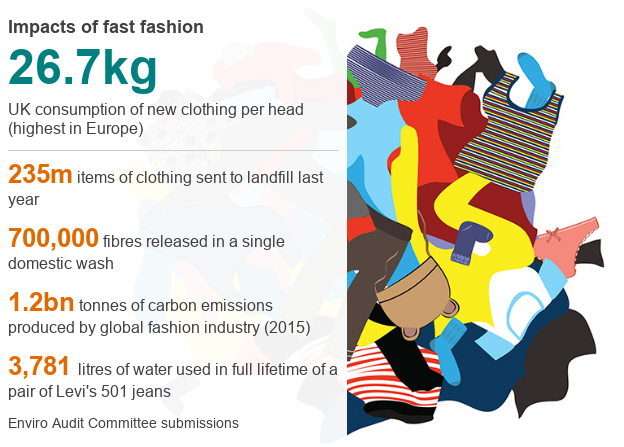
I was inspired by artist and photographer Benjamin-Von-Wong, whose stunning and creative photographs illustrate the immorality of the fast fashion industry.
Work by Benjamin Von-Wong
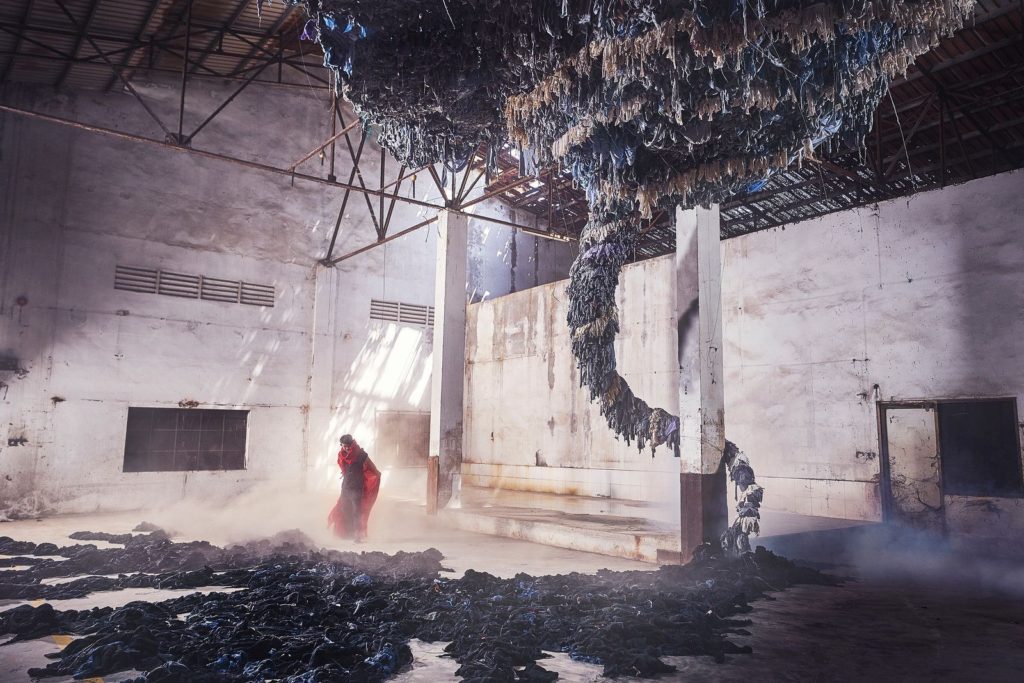
KEYWORDS
SWEATSHOP, WAREHOUSE, STORMY,DIRTY, COLD, STORMY
FORM
The photo is a scene in a bare and grimy warehouse. From the ceiling leading to the floor is a tornado fashioned out of clothes presumably from the fast fashion industry. A woman dressed in red stands at its base. As a tornado is a type of natural disaster its reflects how the fashion industry does immense damage. This is impactful on the environment through climate change, the labourers who are payed the bare minimum and are forced to working terrible and unhealthy conditions, and the consumers who wear cheap materials that can do damage to the skin. The light seems to be natural, coming from seemingly a crack in the ceiling suggesting that the building is abandoned and creating a dystopian narrative. It leads directly to the woman indicating that she is important as well as the leading lines from the end of the ‘tornado’ leading to her. The room used is very spacious with not much in the room except the tornado and model leading to feelings of isolation and loneliness. There is very little colour except from the red of the model clothes again showing her importance to the photo.
CONTENT
The photo is reminiscent of the Dhaka garment factory collapse in 2013 that killed 1,134 people and injured many more. The vast majority of the injured and the fatalities were low payed clothes makers for companies such as Gucci, Moncler and Versace, going against the misconceptions that fast fashion is only an issue connected with budget fashion chains such as Shien or Misguided, making fast fashions impact on the environment a problem most people in the western world contribute to. The red clothing of the model connotes the dystopian novel the handmaids tail, perhaps reflecting how the lives of the workers in these factories are intensely controlled by consumerist culture in a way that seems dystopian.
PROCESS
The most challenging part of this photo seems to be prop placement of the clothes tornado. It was made from recycled clothing from the warehouse which had gone bankrupt, giving the clothes a new lease of life. It was shot on a 16-35mm f4 lens
I was also inspired by the work of fashion designers Vin and Omi who created a line of sustainable fashion from recycled materials and handmade eco fabric made from cow parsley.
Work by Vin and Omi
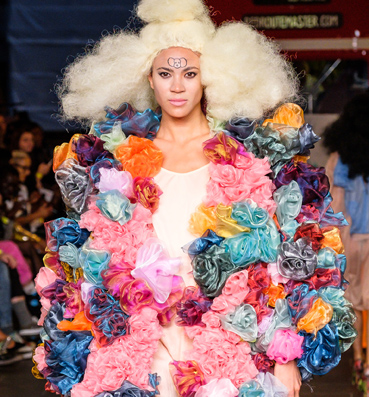
KEY WORDS
SUSTAINABLE, ECLECTIC, MAXIMALIST, VIBRANT
FORM
The photo is of one of the models walking for Vin and Omi’s collection at London fashion week. They are wearing a very a very garish ensemble that looks like they have had scrunchies superglued to their clothes. The look is very gender fluid which adds to the idea that the effect of fast fashion involves everyone. The lighting is very artificial, as is normal for fashion shows and completely covers the model. The model takes up the majority of the shot leaving little space for background space and subsequently making the model important. The repetition of the ruffles is very expressive and adds a variety of colour to the shot. It is in the eclectic, maximalist style which makes it interesting, if a little overwhelming, to look at.
CONTENT
The poodle symbol on the poodles head links to the shows subtitle ‘poodles and pentagrams’ which they say links to their form of eco religion ” growing out of the need to save the planet.” which links to the idea that they are not a brand but an ideology. The white undershirt beneath the ruffles could represent the purity of their intentions regarding their brand as well as the hope that they can aid in ending the fast fashion industry and in turn make the world a better place.
PROCESS
The process for creating this outfit comes from the eco material flaxley. To make this material, cow parsley and flax are women together. The models hair also links to this as it looks like poodle fur. There is a possibility that it actually is poodle fur as the pair also have an initiative called the no kill coat where they collect fur from pets and spin it into wool to use in their clothes.
Comparing my inspirations
The most obvious difference between my two case studies is that one is a photographer whilst the other is a pair of designers and therefore created very different outcomes. Von-Wong’s work is very gloomy and depressing and focuses on the effects on the people who make the clothes while Vin and Omi work to demonstrate how to fix the solution whilst also making it look beauty. Von-Wong uses his work to push a narrative but Vin and Omi offer a solution and use their work as a display of optimism that we can solve the problem of fast fashion.
Sketching ideas
My main idea is based on Barbie dress birthday cakes that I had when I was little. The concept is that my model will be wearing a corset style top and her legs will be covered by a pile of fast fashion garments, fashioned to look like a skirt. It is a portrait project but I may take some of the photos in landscape.
Shoot Plan
| Who | Zuzanna |
| What | Wearing skirt from old clothes |
| When | 14/05/21 |
| Where | Home- in front of kitchen wall |
| Notes | collect old clothes and move furniture to create DIY studio |
CONTACT SHEET
From this shoot I selected my favourite photos and highlighted them in green. A lot of the photos have background furniture such as plug sockets and artwork peaking through but I am not worried about this as they can easily be cropped out. Additionally there are quite a few distracting quite scratches in the wall being but it shouldn’t take too long to edit that out either. I had my model wear an Oh Polly dress as the bodice of the dress as it is a common example of fast fashion aimed at girls to wear once on a night out and then throw away.

Here is a selection of my best photos, shown as they were taken
Here are the same photos but with distracting background pieces cropped out and slight imperfections removed with the spot healing tool on photoshop

I used the software Lightroom to further edit my photos. The idea was to use vibrant and unnatural colours to reflect the harsh chemical dyes that employees in clothing and fabric factories have to work with. These dyes are often damaging to the skin and cause the workers to sustain painful injuries as well as develop potentially more harmful medical conditions due to constant exposure. I used tools on Lightroom such as contrast and clarity to create a more synthetic, plasticky look resembling cheap manufactured clothes.
Collection 1
Collection 2
Collection 3
Out of all the collections, number 3 is my favourite. It emulates the pop art movement, specifically Andy Warhol, who, like me, used art to condemn over-consumption, greed and capitalism
New Idea
Another idea I have is reflective of the Dhaka garment factory collapse, in which 1,134 workers died. To do this I want to use the clothes against the model. With poses such as being crushed or strangled by the clothes. Using the same concept as my first shoot I will be using old clothes that would otherwise be thrown away. The photos will be taken in the school studio with a proper white backdrop compared to the kitchen wall I used for my first shoot when there wasn’t a studio available. Hopefully this means there will be less flaws to edit out as there were previously. Instead of full body shots, I plan for these to use the face or neck as a focal point.
SHOOT 2 PLAN
| Who | Carmen, |
| What | Strangled by fast fashion |
| When | 25/05/21 morning |
| Where | Studio |
| Notes | Bring clothes able to wrap around |
Second Shoot Contact Sheet
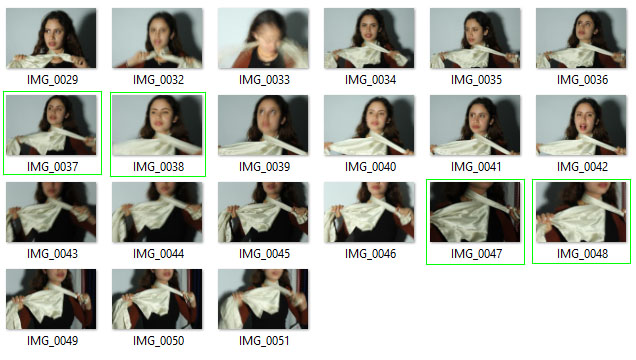
From this shoot I selected 4 that I felt worked best in conjunction with my ideas. I ran into a few problems whilst shooting this. The 2 models I had arranged to shoot with were unable to come so I had to find another at extremely short notice. Another problem was with the camera, I found it really difficult to take any of the photos without them coming out extremely blurry. At first this was really annoying however when I took the time to properly look at the photos I really liked the effect the blurring had on them so decided to keep them as they are. I also think that it strengthens the narrative that the people who make the clothes for big companies like ASOS and Shein have their identities blurred.
Similar to my other shoot I experimented with colour to make my photos more interesting but this time made the colours much more subtle and understated as the photo is obvious enough with the material strangling the model. These photos have a much darker more melancholy feel to them much more reflective of Von-Wong’s work than my other photos.
Collection 4
DISPLAYING
On photoshop I moved my photos in their collections onto empty gallery space or on a white background.
Collection 1
As colour is an important aspect of this project, I decided to display this set of photos in the style of the colour spectrum, ordered as such. The photos mimics vibrant fashion campaigns, adding an ironic twist to my shoot.

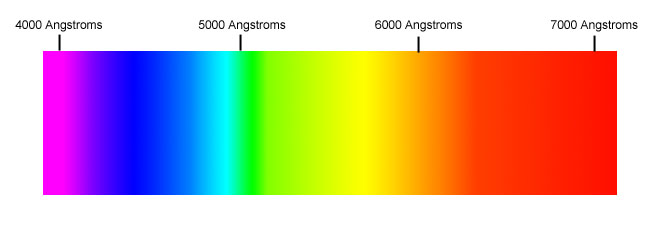

Collection 2
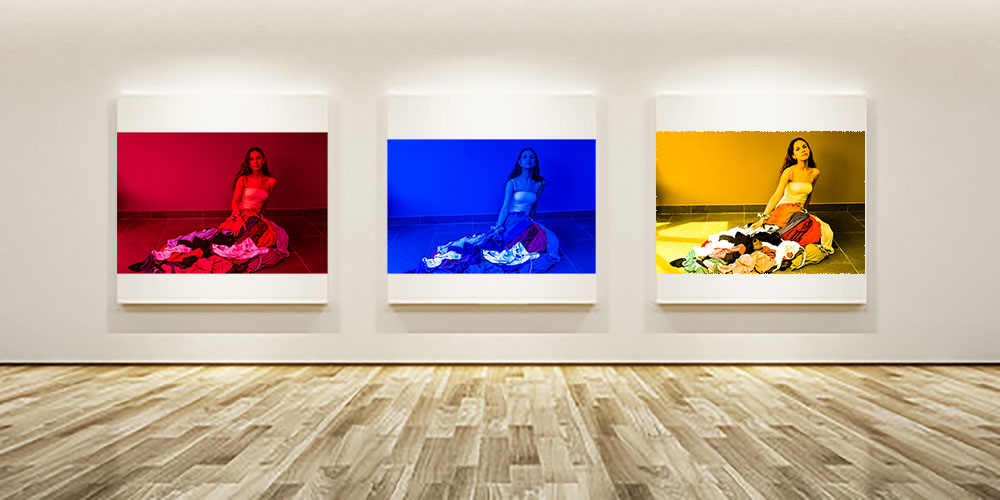
Collection 3

Collection 4
Like with my other collections I ordered these photos using the colour spectrum and whilst I like how it turned out it seems to look like the Microsoft windows logo which ideally it wouldn’t.
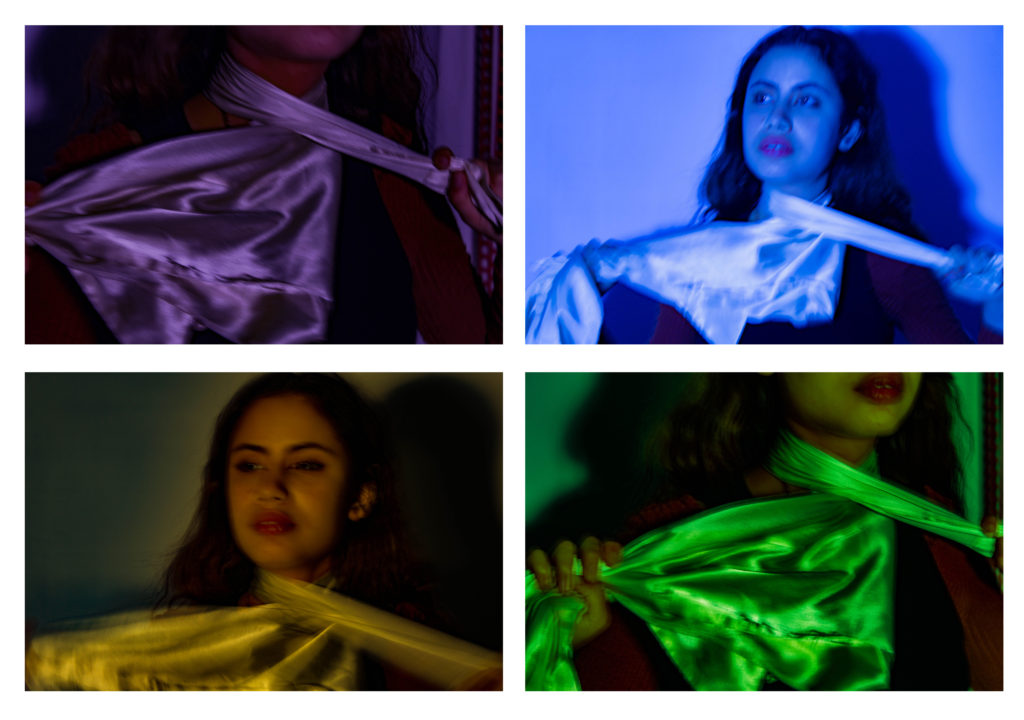
Conclusion
Although the individual photos from Collection 3 were my favourite, as a collective, displayed using the colour spectrum, I think that collection 3 is the most put together and therefore my best. It effectively conveys my message on fast fashion but still manages to look like art you would display at home.
Comparison with case studies
Similarities and differences to Von-Wong
Creating something out of obsolete materials, creating a narrative based on the fast fashion industry from the centre- the place it’s made. Von-Wong’s work is a lot more gloomy and depressing than my final outcomes. He displays realism while mine is more abstract. His is much more prop based in part due to a larger budget and team helping him. His is landscape and focuses more on the scene itself rather than just the model as I did. His background is a derelict building where mine is just a DIY backdrop. His photo works as a scene to tell a story where mine uses repetition.
Similarities and differences to Vin and Omi
Both very fashion based. Use of bright and vibrant colours to show hopefulness. Mine is more pop art inspired and heavily edited whereas, because its taken directly from a catwalk it is pretty bare. Neither is monochrome, we both use a variety of colours to keep the photo interesting. The items of clothing are both similar, made up of mismatched material however, instead of recycled materials they create their own eco material
REFLECTION
Through my research into this project I have learnt a lot about the fast fashion industry and it’s deadly effect on the environment as well as the lives of the people who produce the clothing. The project has shown me how I myself as an avid consumer of fast fashion contribute to the problem and will be trying to buy more sustainable clothes from now one as well as avoiding companies that employ labourers from sweatshops in order to help combat the problems associated with them e.g the mistreatment of low level/ low pay workers and it’s contribution to climate change. If I was to do anything differently I would have done my second shoot well before the deadline so that even if things went wrong I would have more time to fix it and redo it. I would also take more photos to allow more for selection to end with a better photo. I think my photos have ended up looking really good and I’m happy the way they all turned out. I have really enjoyed this project and am confident about the photos I have submitted and feel that they fit very well with the idea of ‘Anthropocene’


